What to see in Split Croatia in one day? As the retired place of a Roman Empire, there is a kind of an abandoned elegance in Split that you are not going to find anywhere else. Going from Dubrovnik, a medieval walled city to Split, it’s an interesting change of scene. After 19 centuries, the Diocletian Palace stood as one of the most well preserved Roman architecture in the world and a living monument.
Contents
Split Sightseeing
Diocletian’s Palace
The Peristyle
The retired home of Roman Empire Diocletian, who ruled between 284 to 305 AD, this rectangular palace has a fortified wall completed with defense towers connected by a cross road running through the compound. It was abandoned afterward and it wasn’t until the 7th century that it was inhabited again. Utilizing the existing structures, the new residents who were escaping from the Slavs modified the castle, creating living space in its basements and walls adapting the city to their needs. Therefore, what we see today is a not only Diocletian’s home, but the home of many who found refuge in this place.
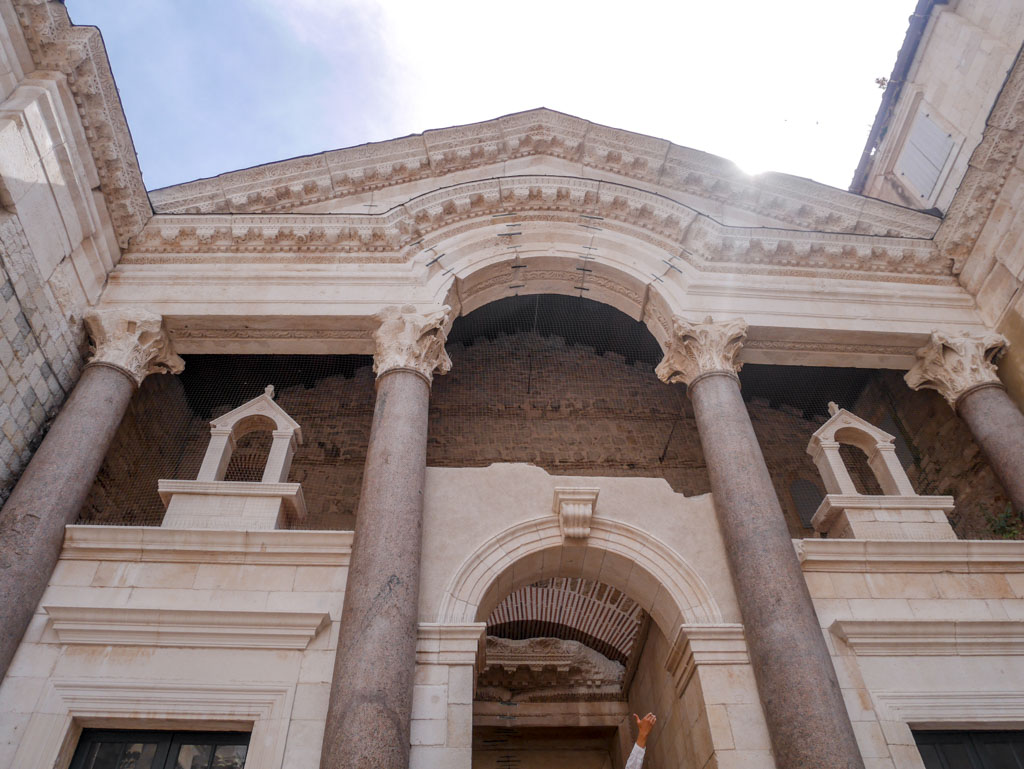
The main square of the Palace, the Peristyle is a magnificent square flanked by Diocletian’s Mausoleum as well as the remains of two temple entrance. Surrounded by columns of syenite –a red volcanic rock- the eastern side, in particular, is done in Egyptian style which was Diocletian’s favourite.
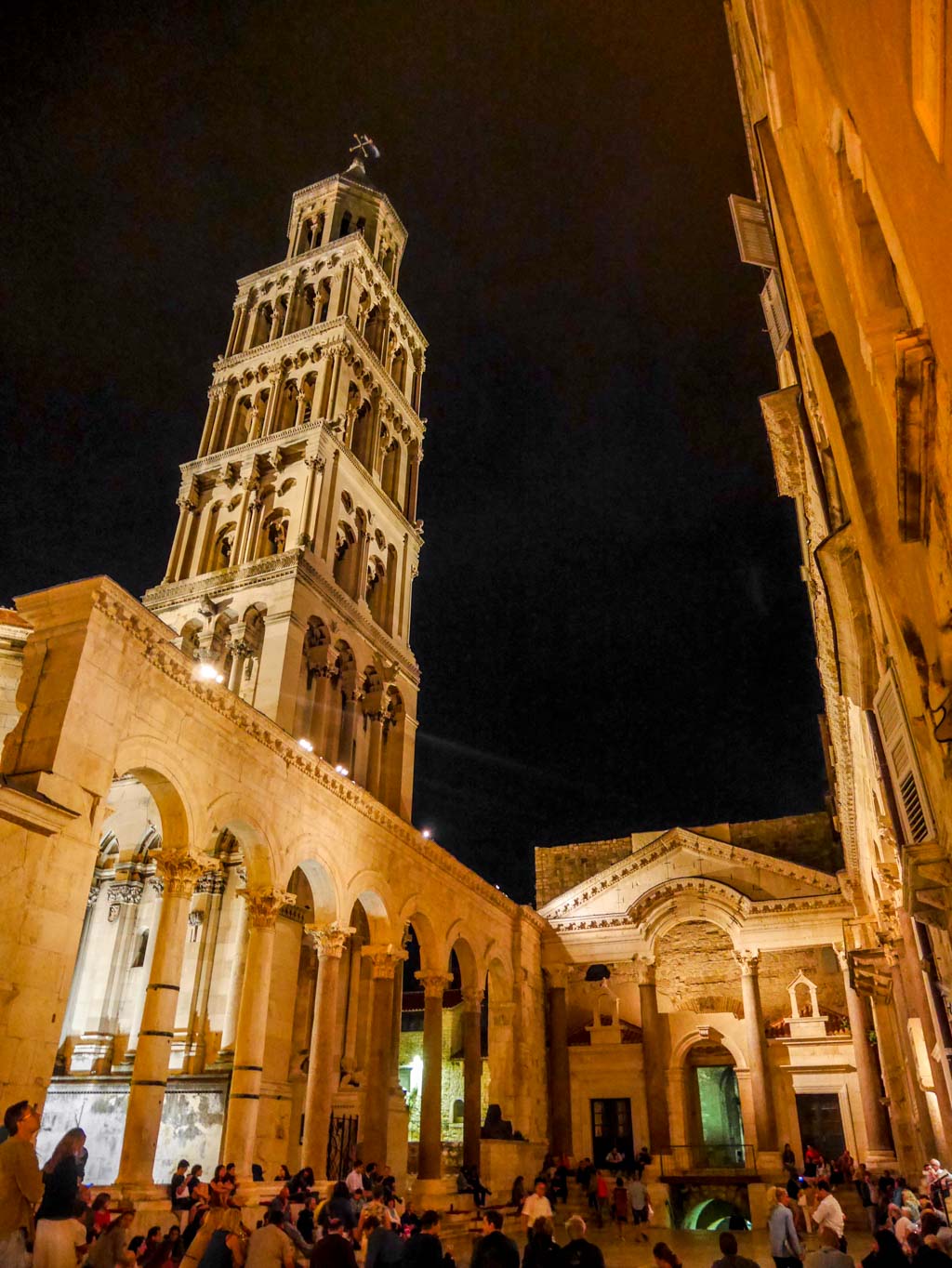
The Cathedral of St Dominus
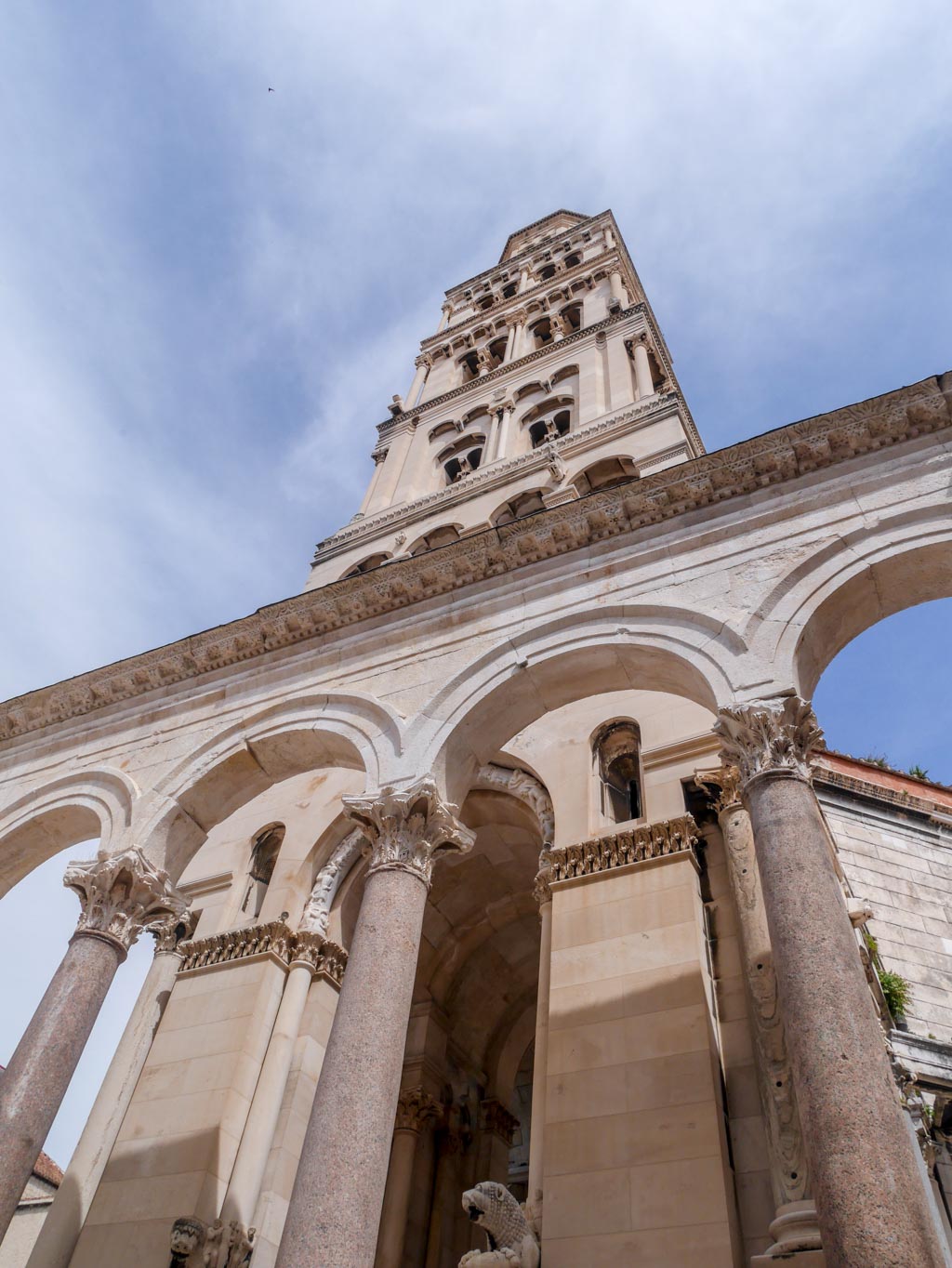
Believe it or not, this used to be the Diocletian’s Mausoleum, which the refugees arriving in the 7th century transformed into a Cathedral. All of the original structures inside were destroyed, including the Empire’s sarcophagus. However, you can still see the signs of its Roman origin from the octagonal shape. The bell tower was added in the 13th century and offers a great view of the city. However, visitors with vertigo should be aware that the tower is very airy.
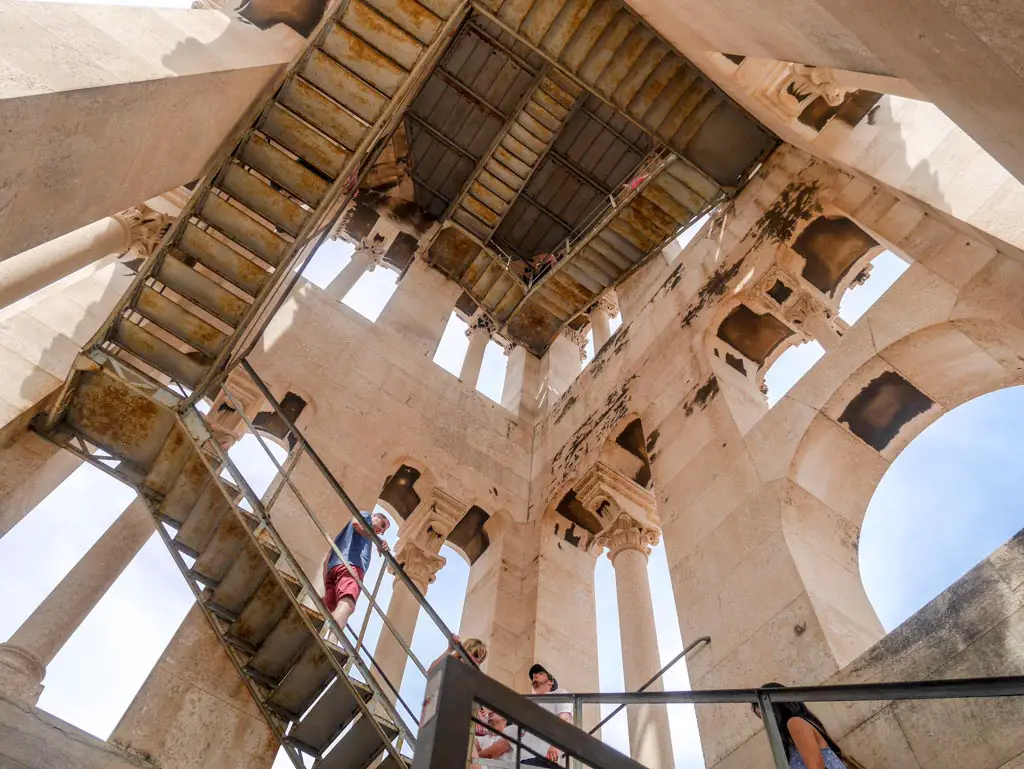
Round and round we go.
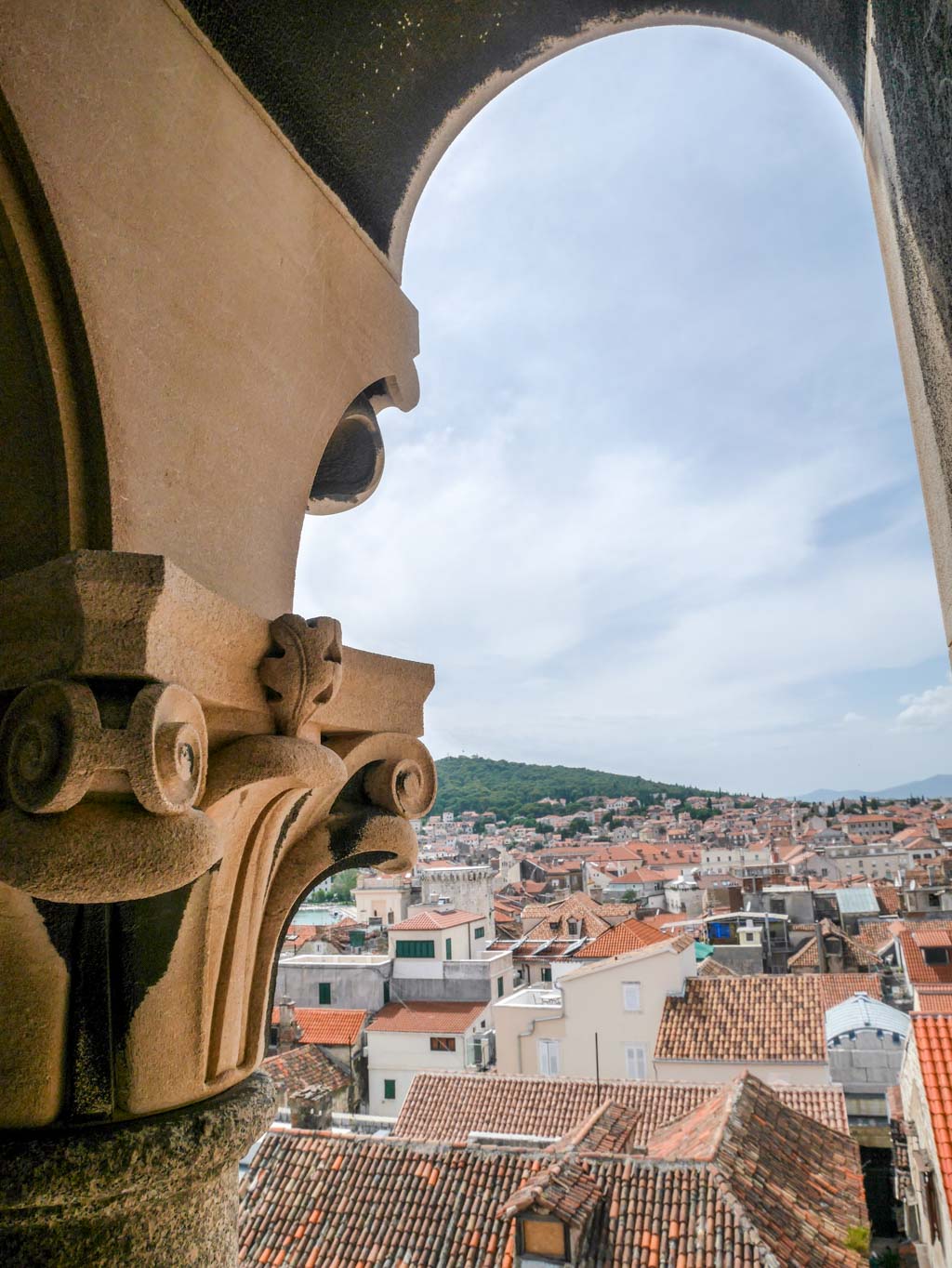
The openness of the tower makes for great view along the way.
You can buy tickets for the Cathedral, Baptistery, Bell Tower and Crypt altogether for kn 45 (25 for students) – go to the Cathedral ticket booth for this combination ticket to save money.
The Baptistery/Jupiter Temple
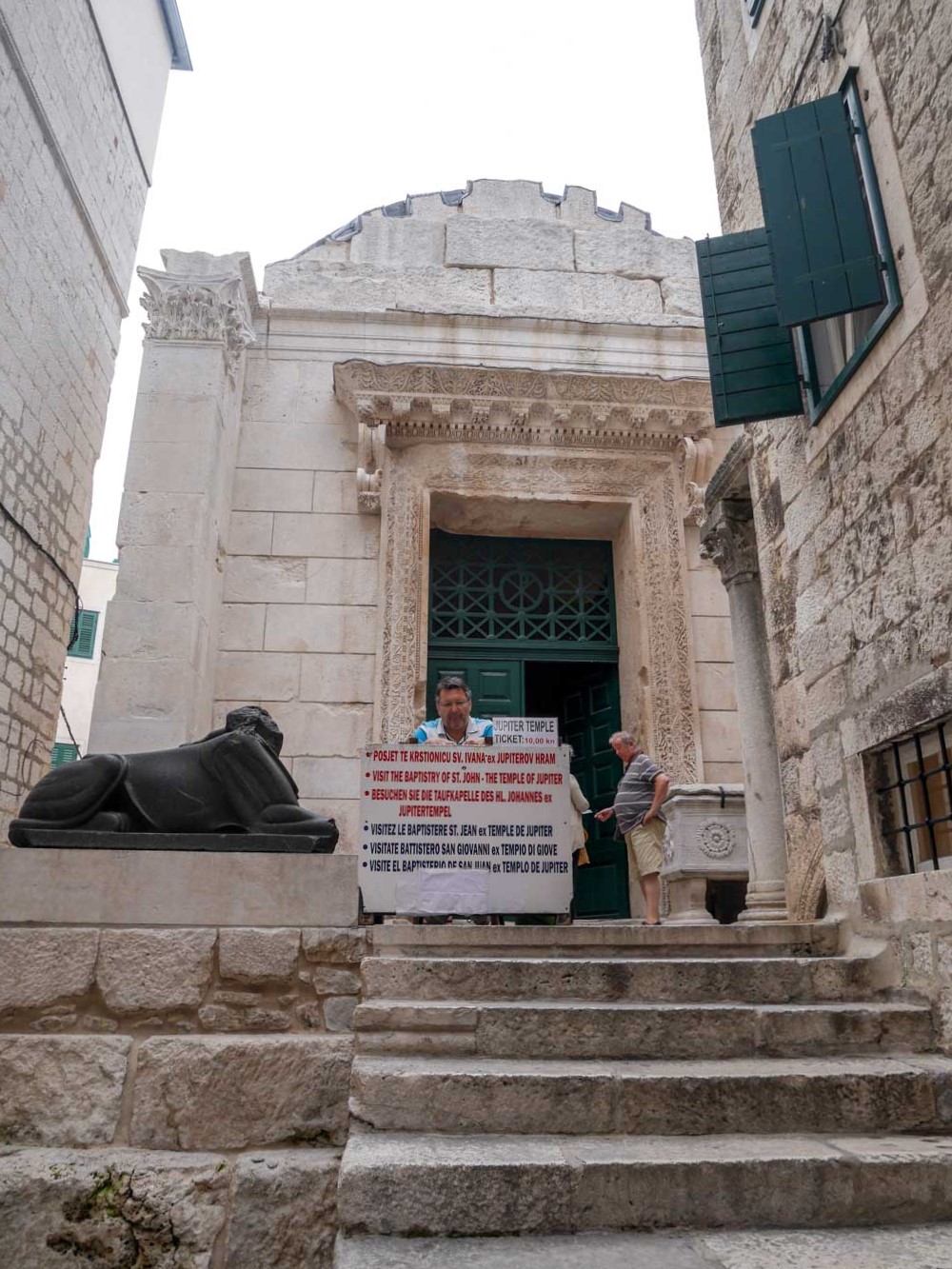
Again ride of all pagan structures, the former Jupiter Temple was guarded by a sphinx and perched on a raised level. However, the sphinx was destroyed by Christians and the temple converted to a baptistery with Jesus hanging on a cross inside.
The Basement
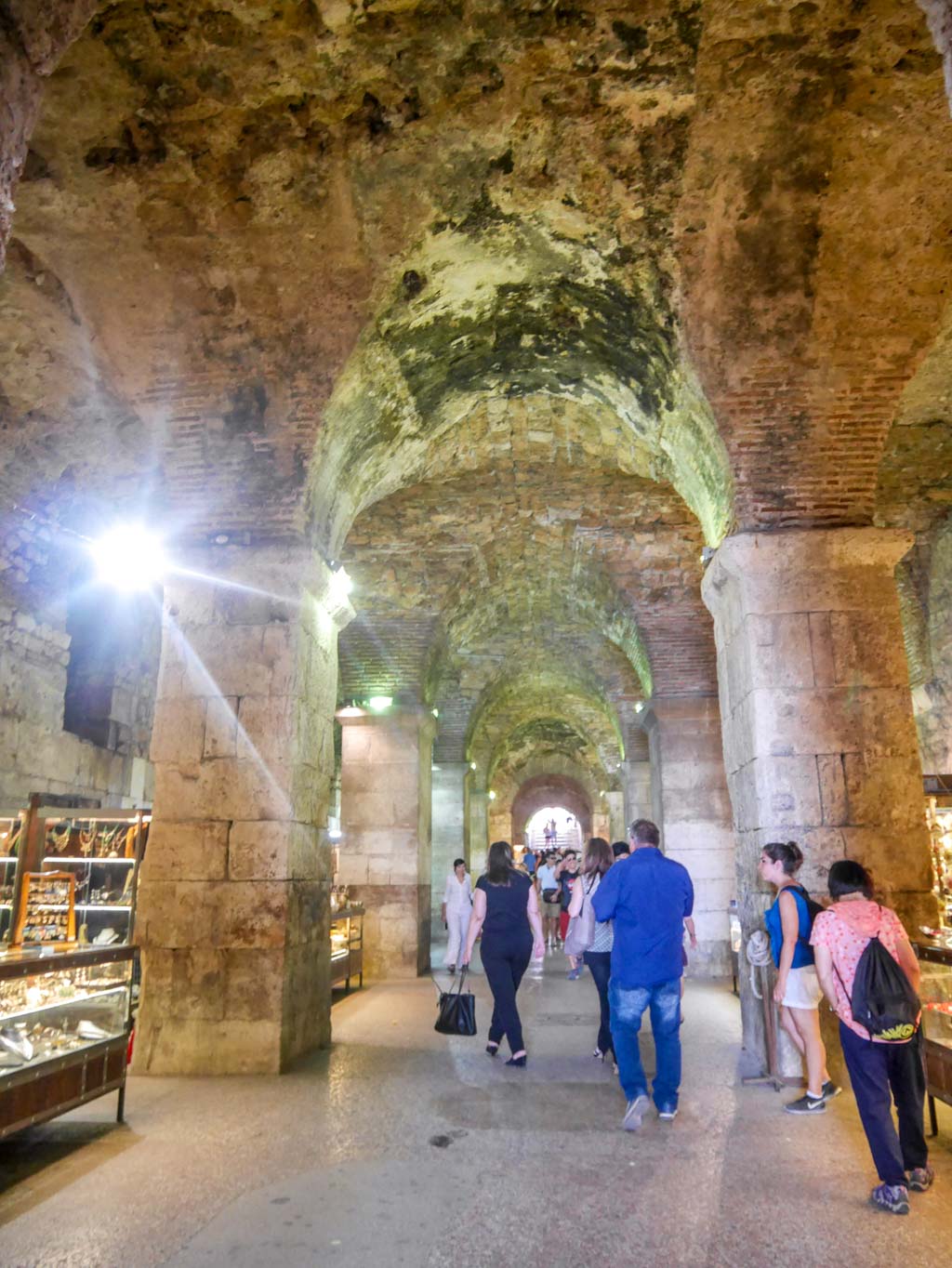
Their existence was solely to level the palace above the sea, today it is full of souvenir shops and connects the Brass Gate to the Peristyle. it is also an exhibition area for many shows.
The Golden Gate
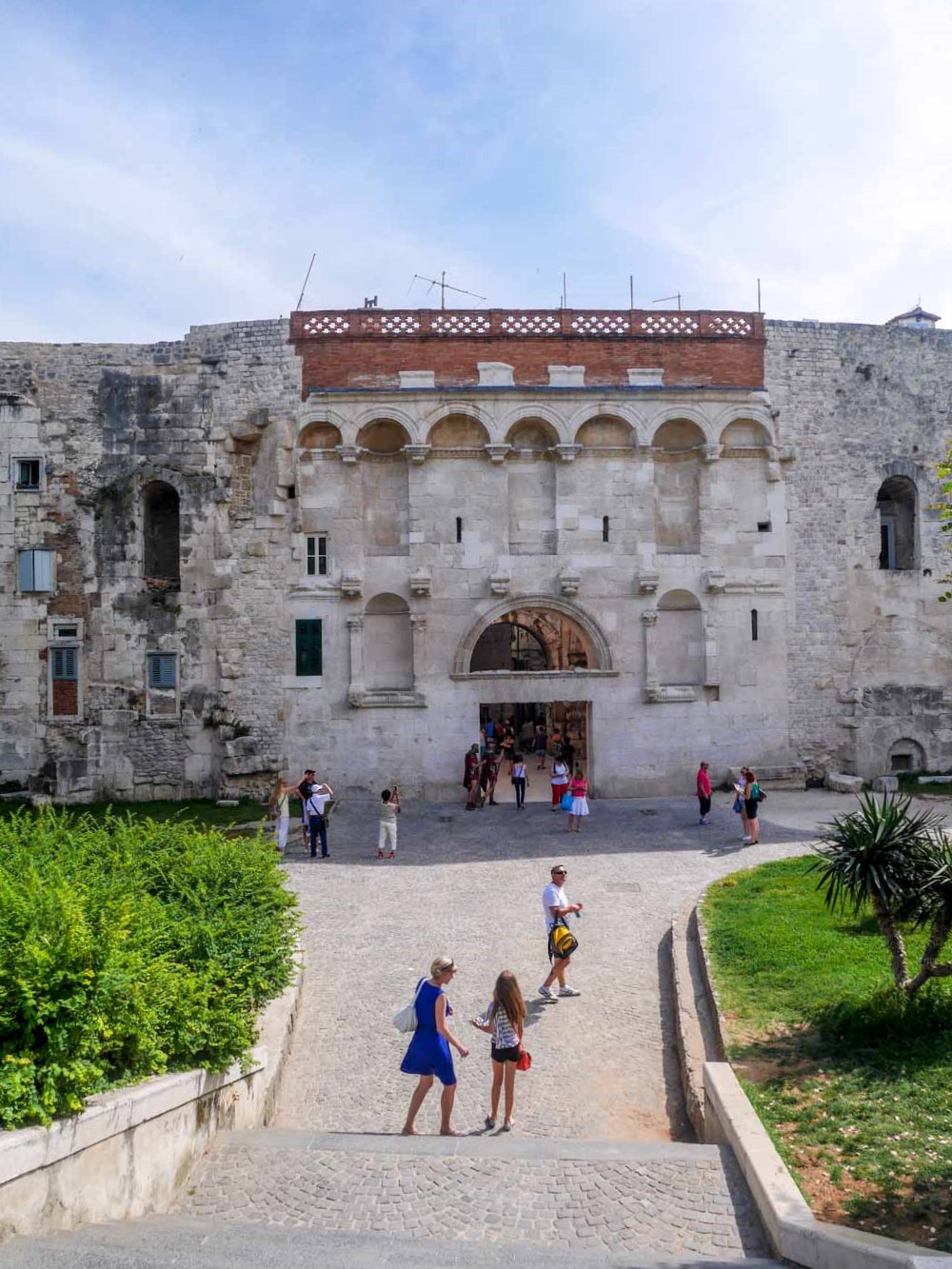
The northern gate of the Palace, it is the most important one which connected the palace to the road to Salona. Completed with an inner courtyard and gates, it is heavily fortified to defend against invasion.
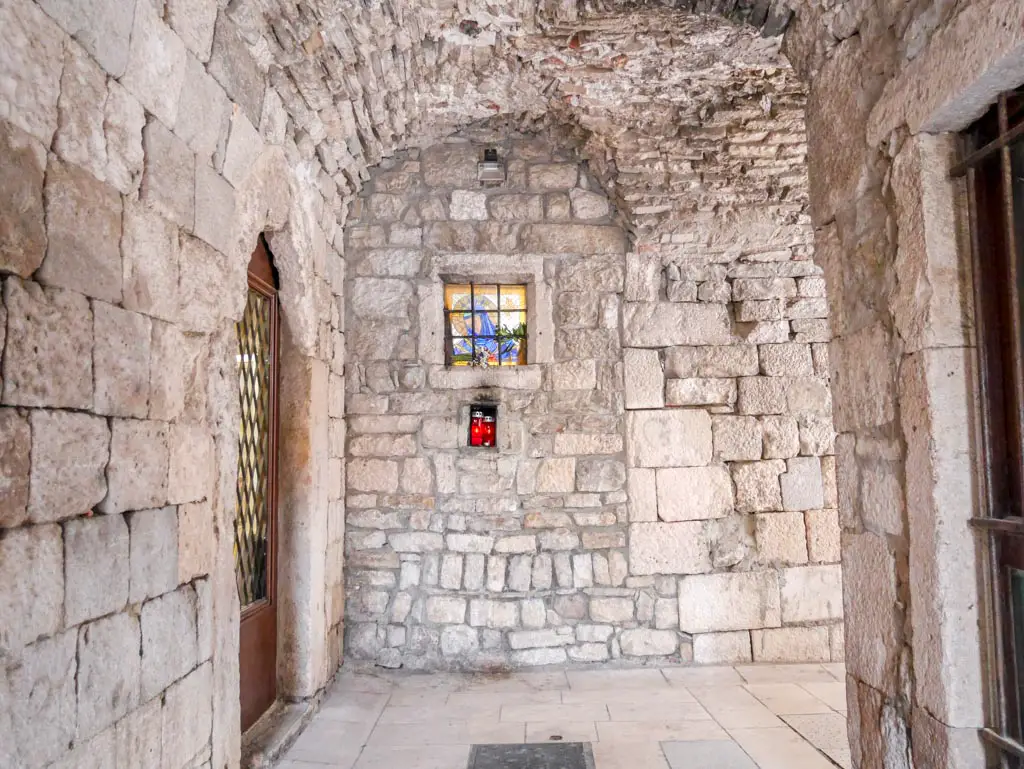
It is also home to one of the smallest churches in the world – which was built for the guards on the wall.
The Brass Gate
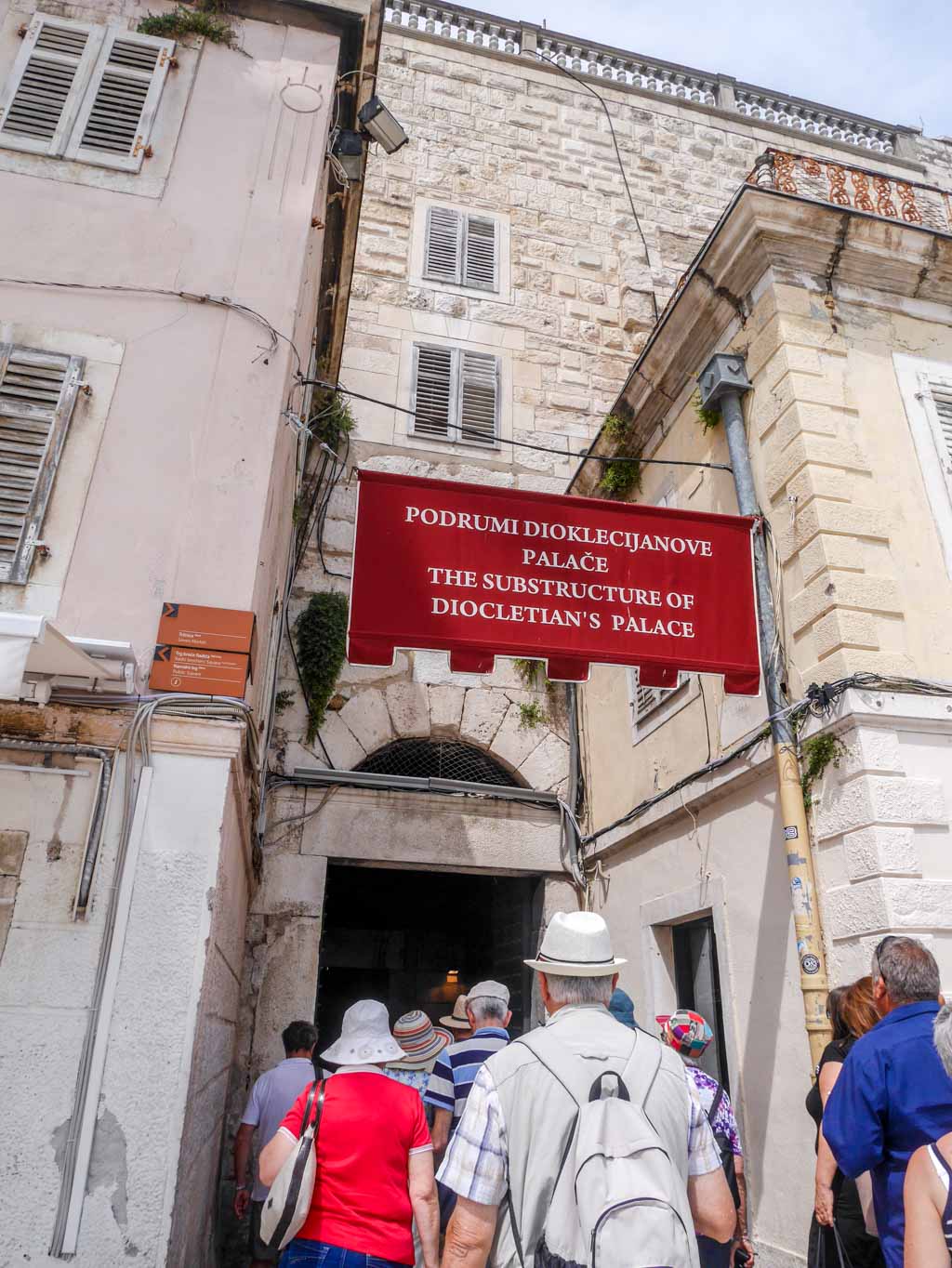
Connecting the Basement to the Riva, the Brass Gate is nestled between coffee shops that are easily missed if not for the stream of tourists passing through it. This used to be a private sea entrance for the Emperor and perhaps for the occasional loading and unloading of goods.
The Silver Gate
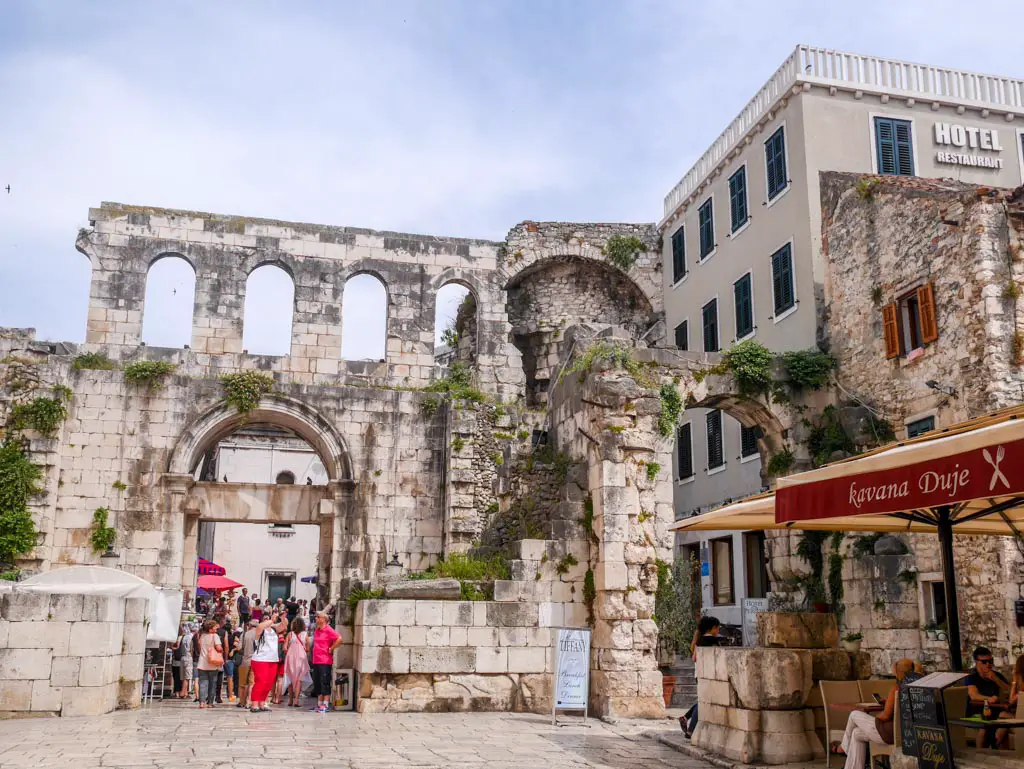
Located to the east side of the Palace, the Silver Gate is the fourth entrance and now surrounded by stalls selling all kinds of goods with a large market outside. It merged seamlessly into the city wall and its inconspicuously might also be due to the fact that it was one of the least important gates.
Vestibule
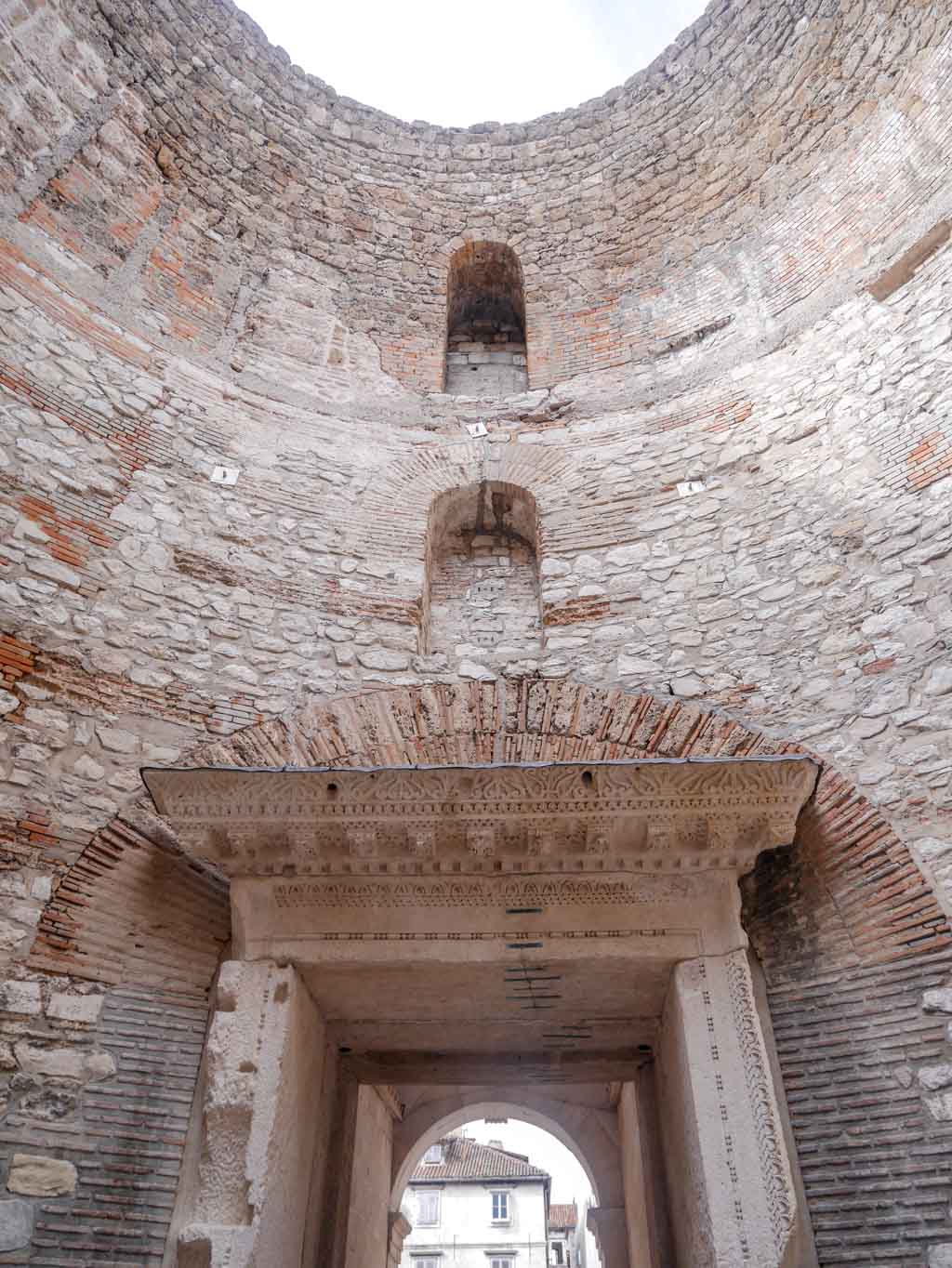
Unassuming at first glance, the Vestibule is actually the entry hall to the Palace and used to be covered with a domed roof completed with frescoes. Nowadays. It is often home to performing artists due to its great acoustic where tourists will stop to listen on their way in and out of the Golden Gate.
Iron Gate
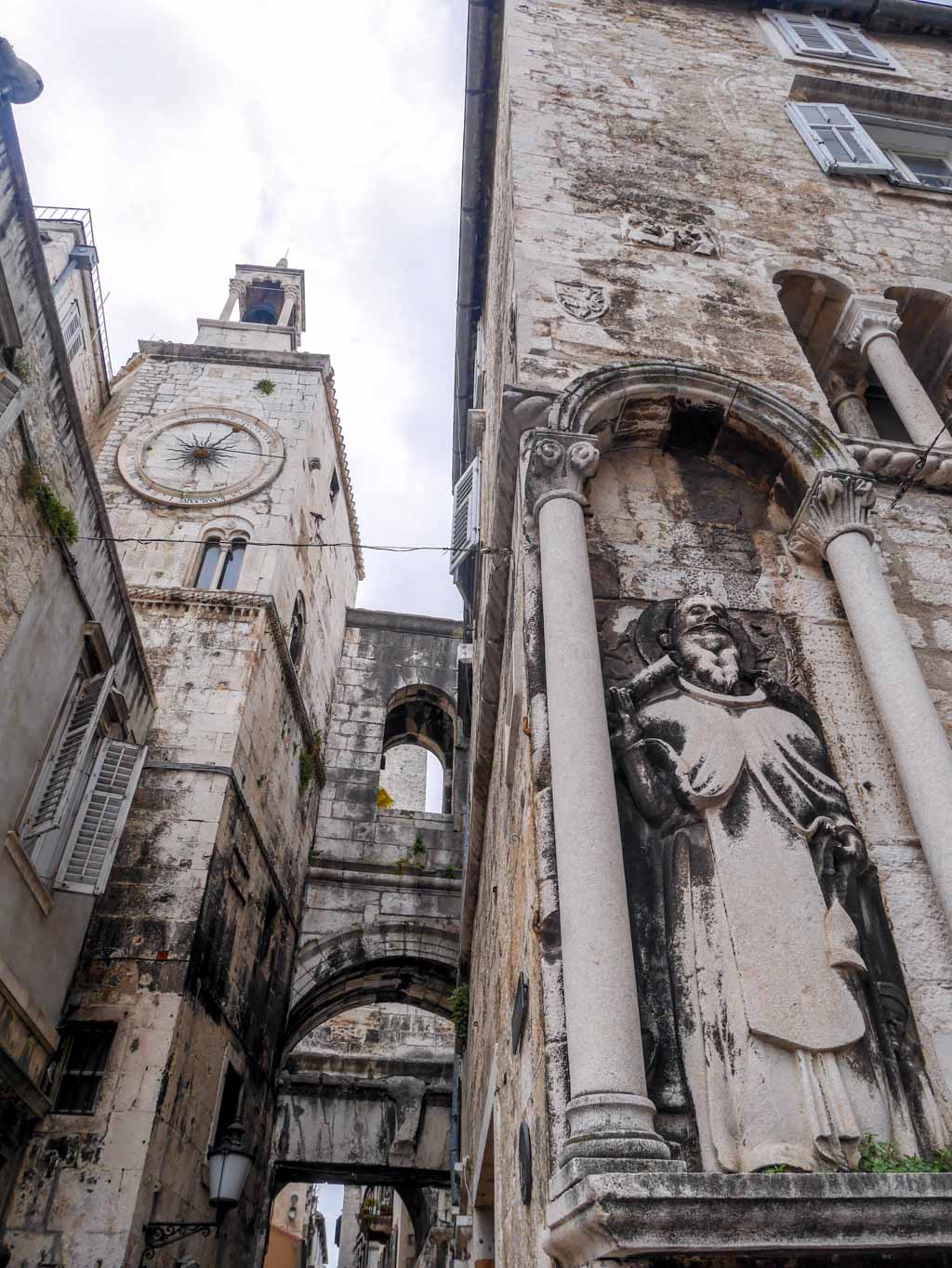
The western entrance of the Palace that connects to the Fruit Square, this part of the palace is almost unrecognizable safe for the Church of St Tehodore with the oldest bell tower in Dalmatia. It was the only way to enter the palaces until the 60s, as all the other gates were walled off, it was an asylum for criminals in the Middle Ages.
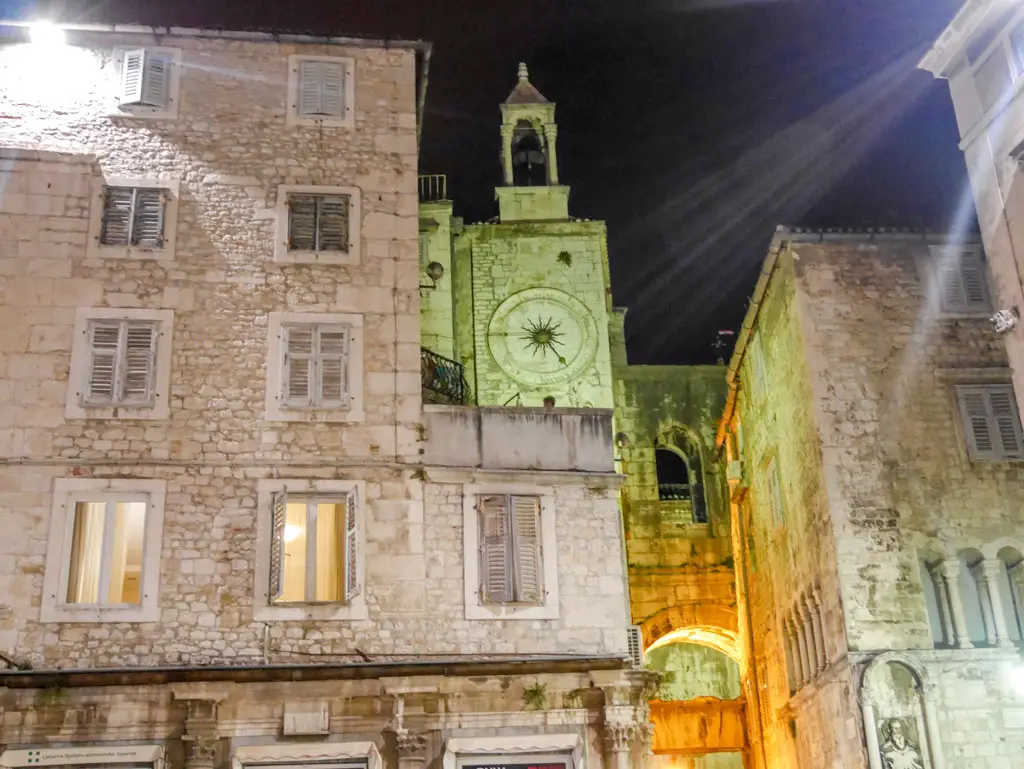
The Riva
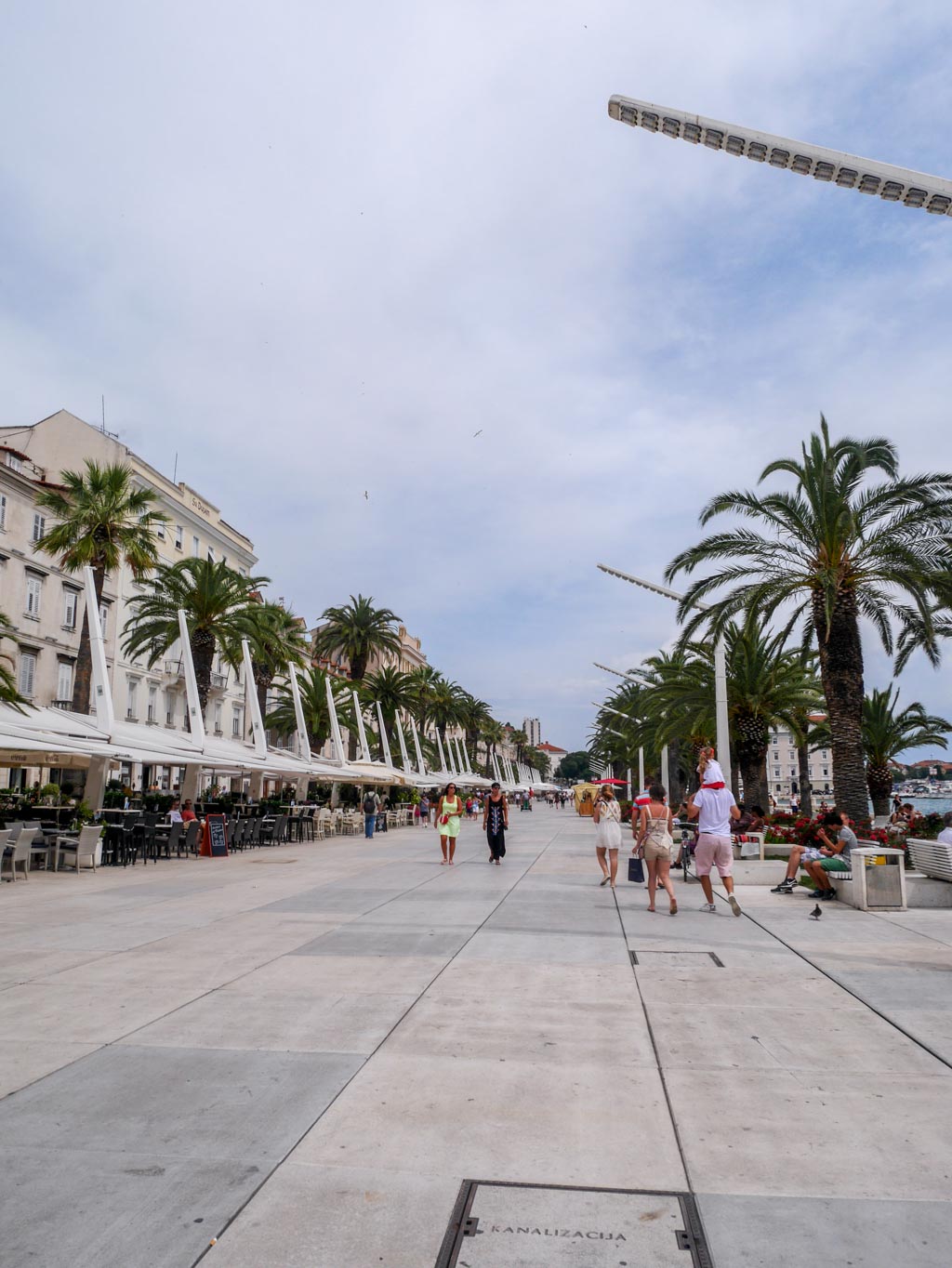
The seaside of Split had been completely refurbished in the recent years into a wide, beautiful promenade lined with stalls, coffee shops and palm trees. With beautifully maintained gardens, it’s a perfect place to relax for the afternoon or grab a bite before jumping on a boat for a day trip.
The Fruit Square
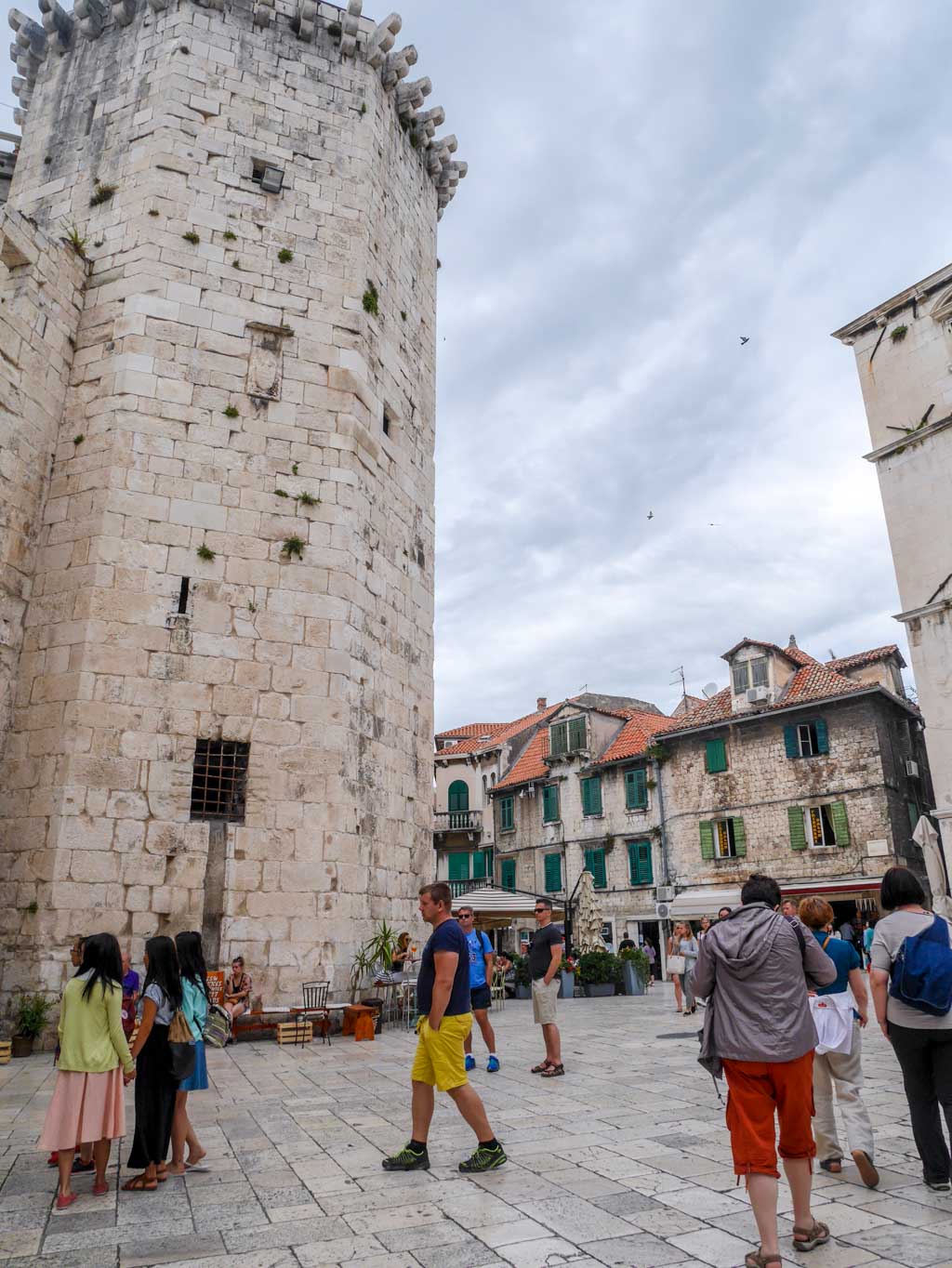
Named after the fruit markets that used to be held in the square, this beautiful limestone square is surrounded by Baroque palaces and remnants of a Venetian castle with the statue of Marko Marulic – an early Croatia writer- in the center of the square.
Statue of Gregory of Nin
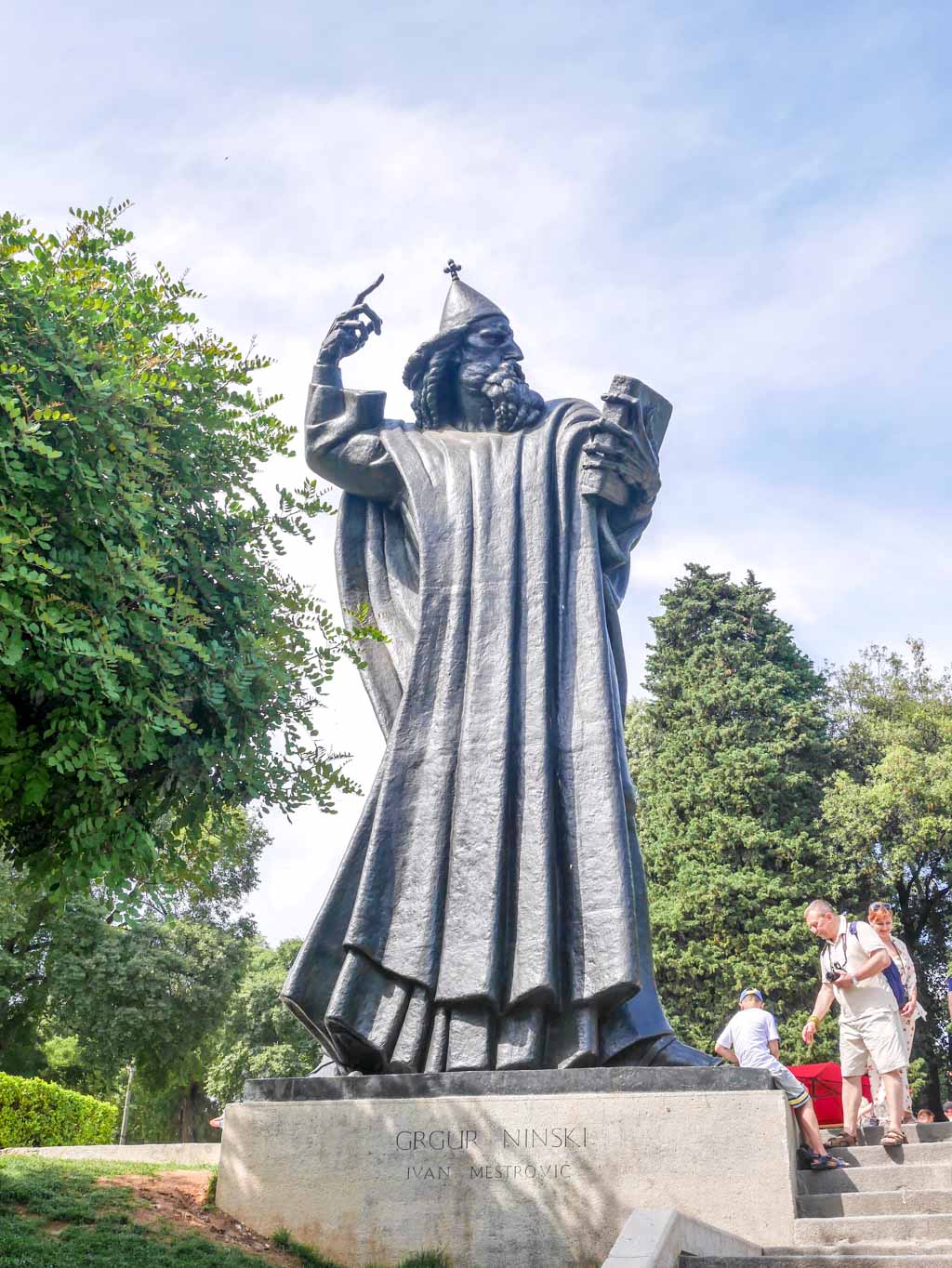

Dominating the square outside of Golden Gate, the statue of Gregory of Nin – a Dalmatian Bishop from the 10th century, he is seen as the father of the Croatian language. The statue was originally erected in the Peristyle but moved outside during Italian forces during WWII. His big toe is abnormally big and legend has it that rubbing his toe will bring you good luck.
Where to stay in Split Croatia
- Budget: Airbnb (for 8 people) is a nice choice for a big group. If you aren’t in need of space, Apartmani Luca just outside the Old Town.
- Mid-range: For a quiet, nice place to stay, Golden B&B is just outside the Old Town. As for those who want to stay close by, Split Old Town Apartment
- Splurge: Split old town used to be a King’s palace, Diocletian Luxury Room, and Abokamento Boutique Rooms certainly look like where a king could live.

Pin me! 
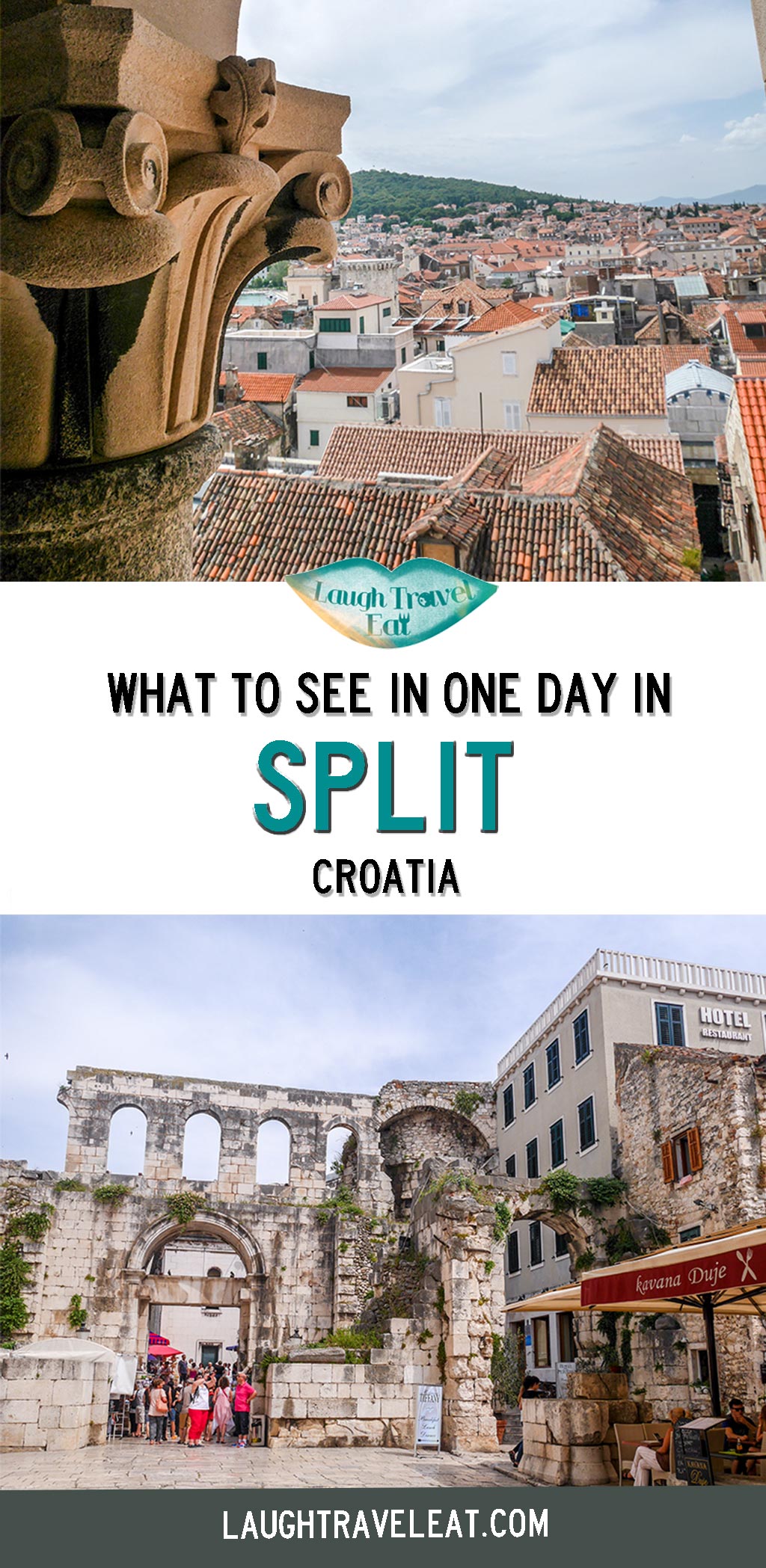
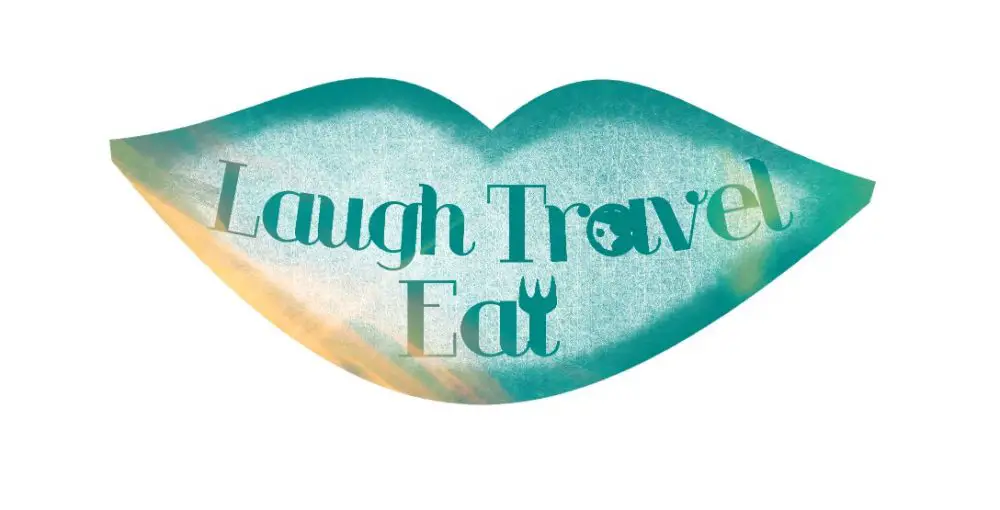

 中文 (香港)
中文 (香港)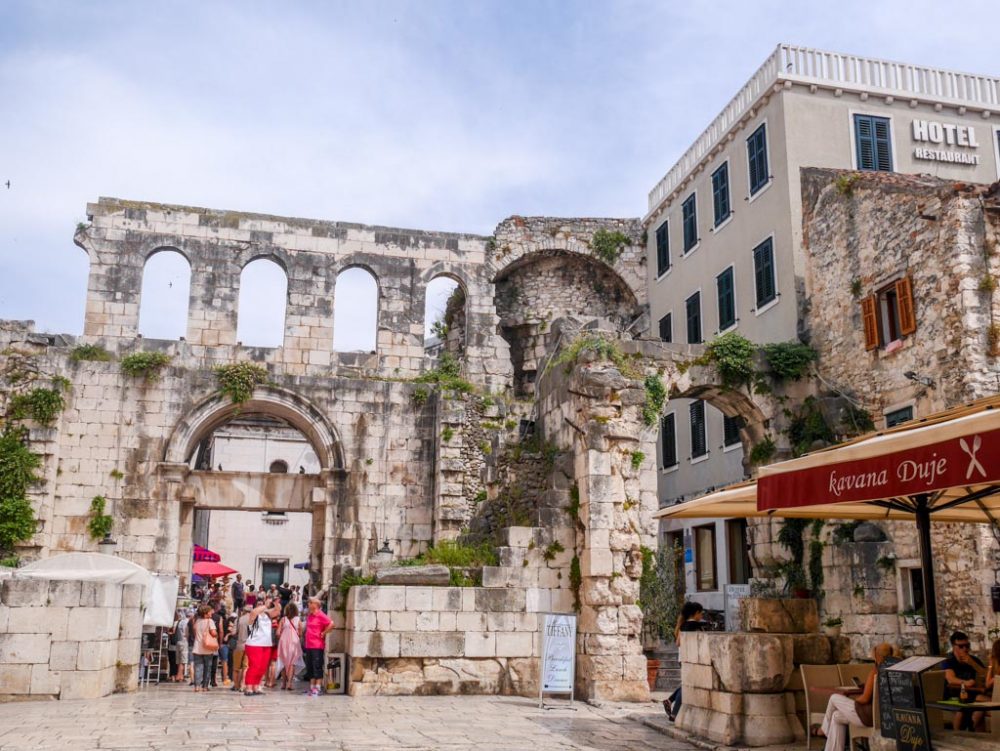
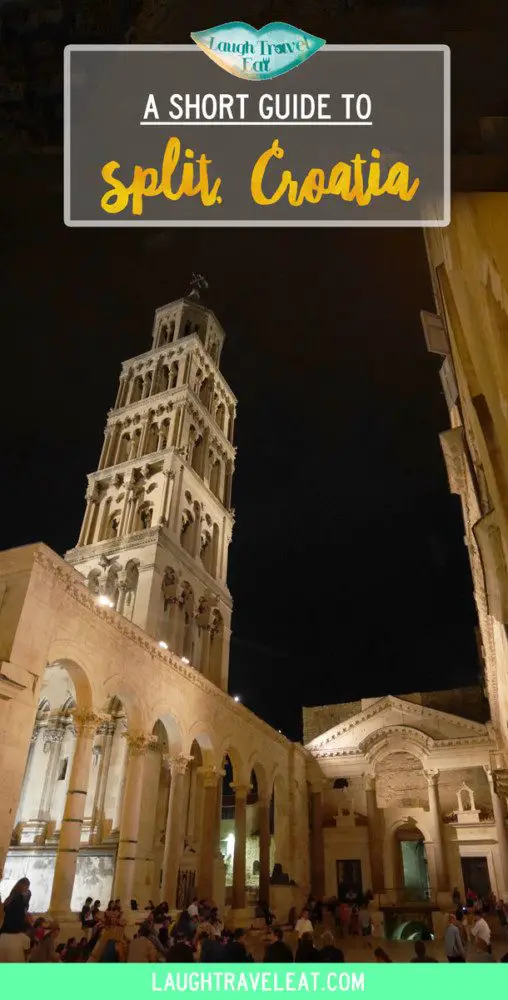

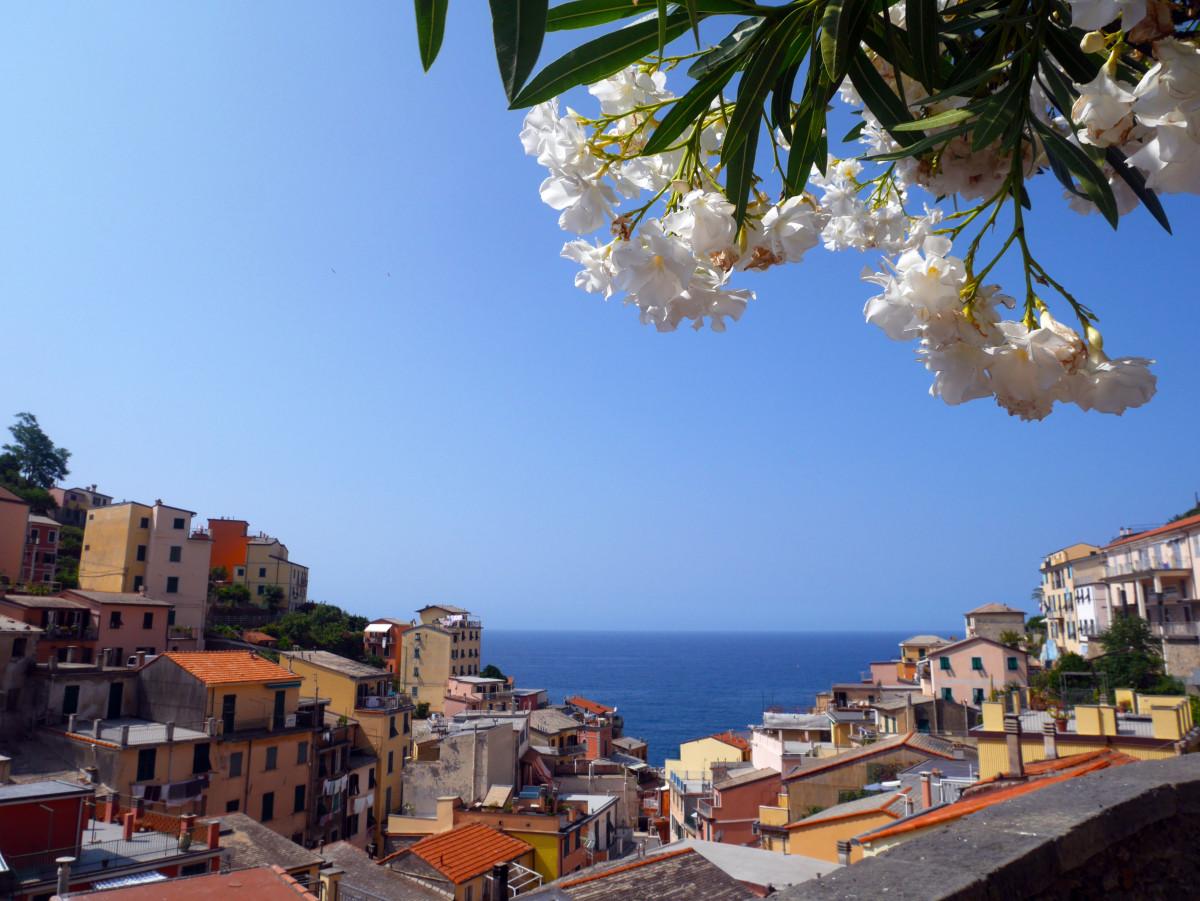
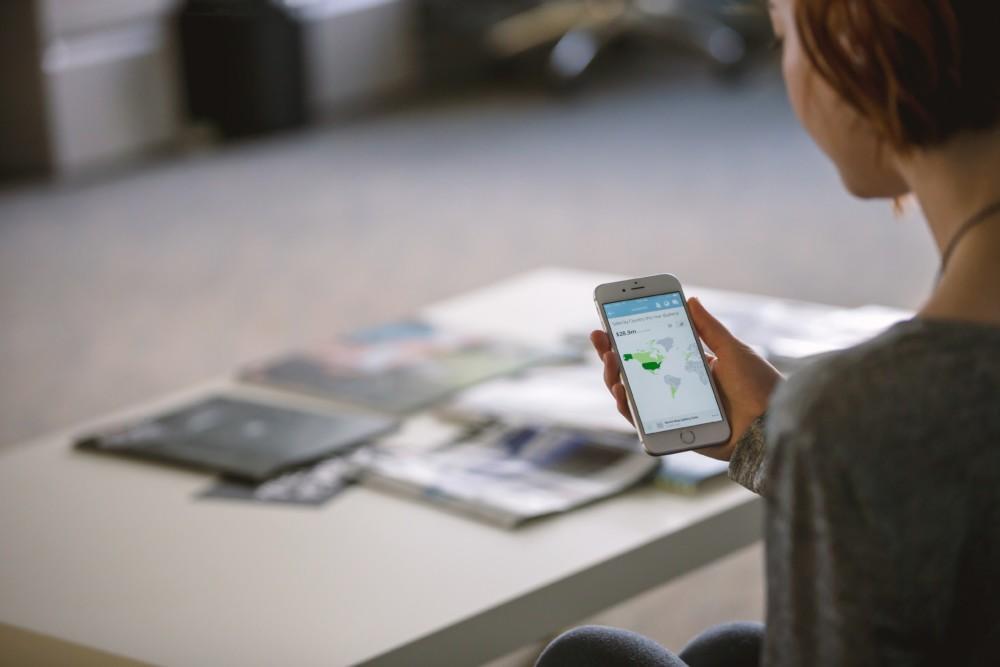
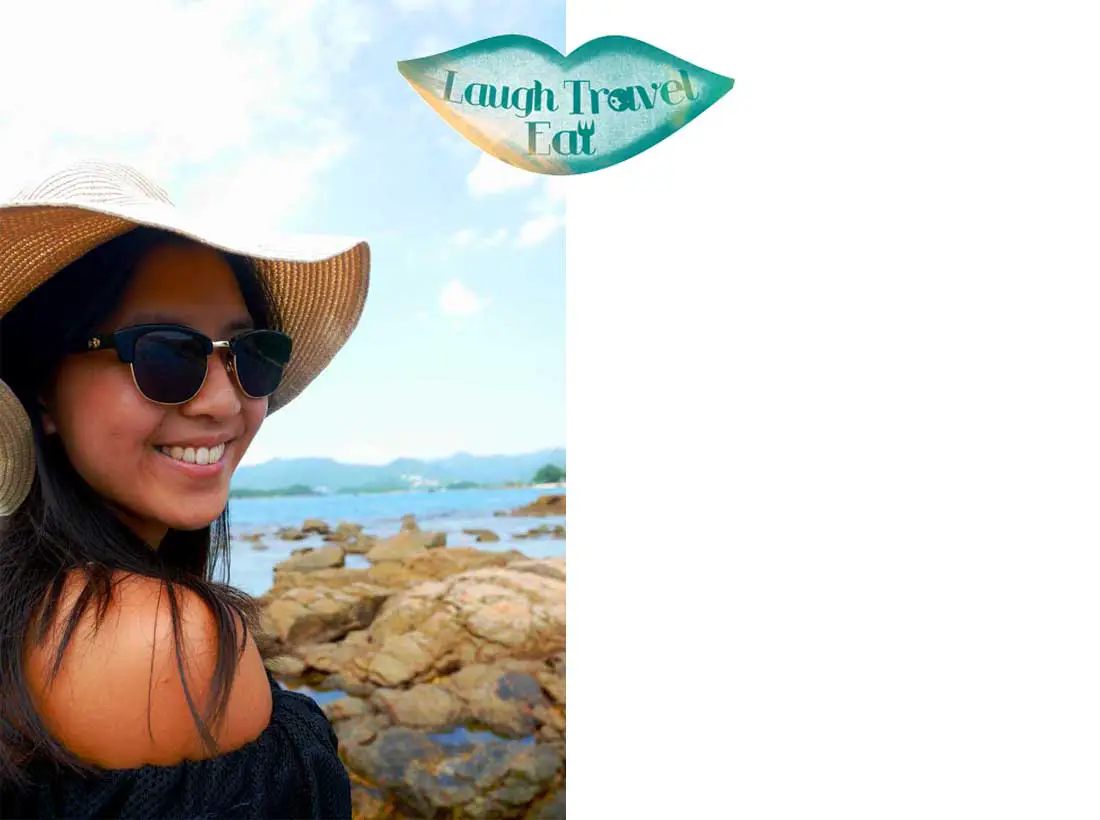
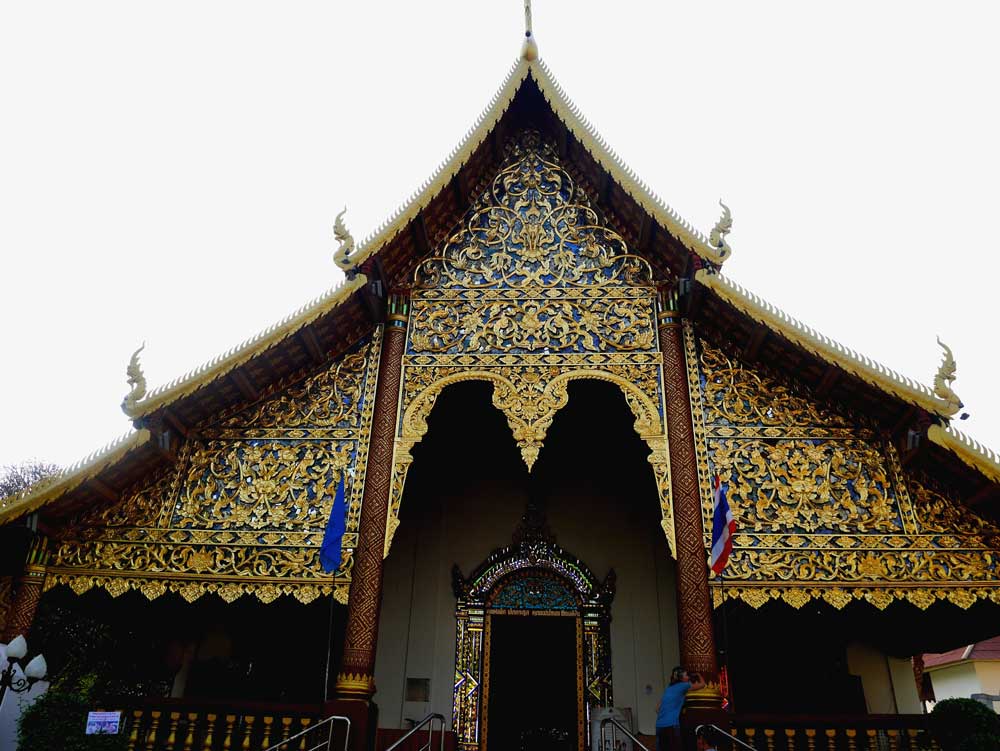

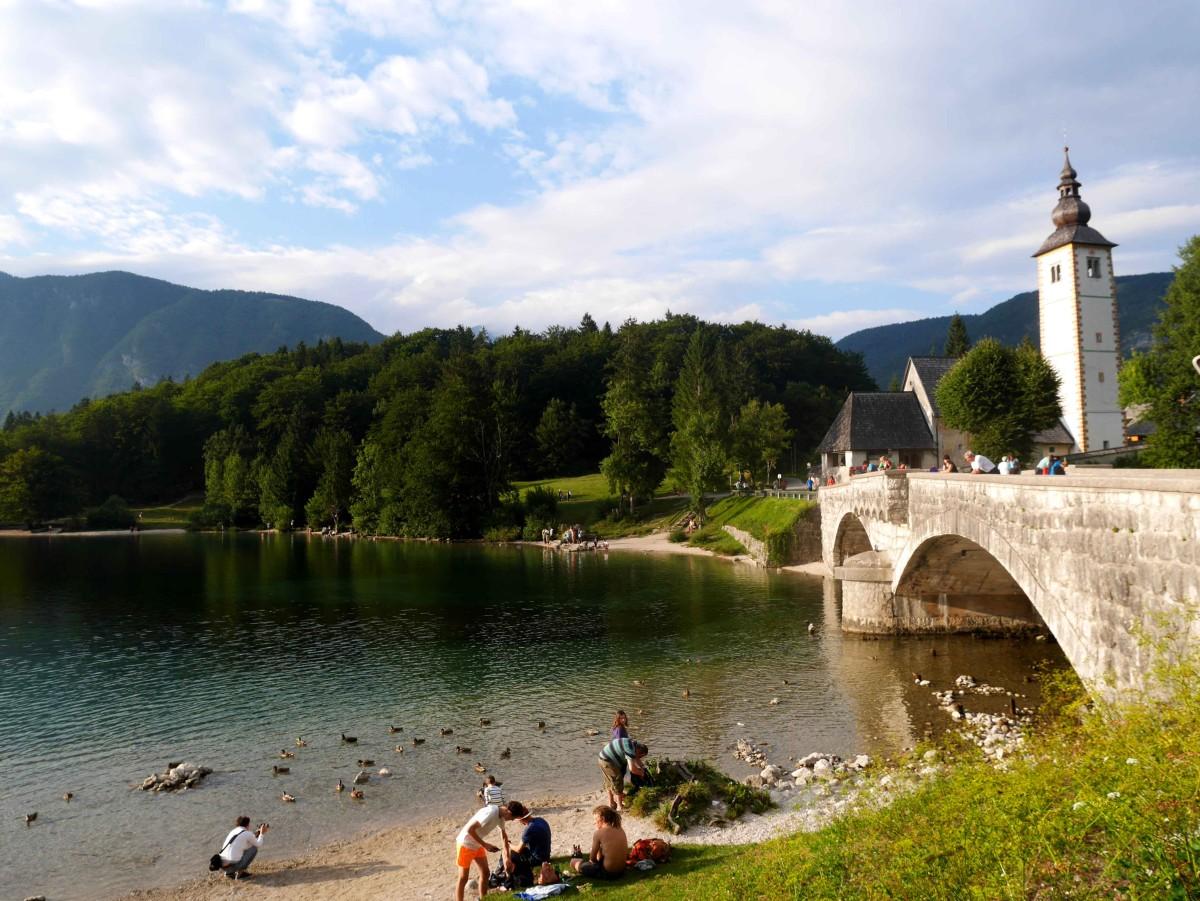



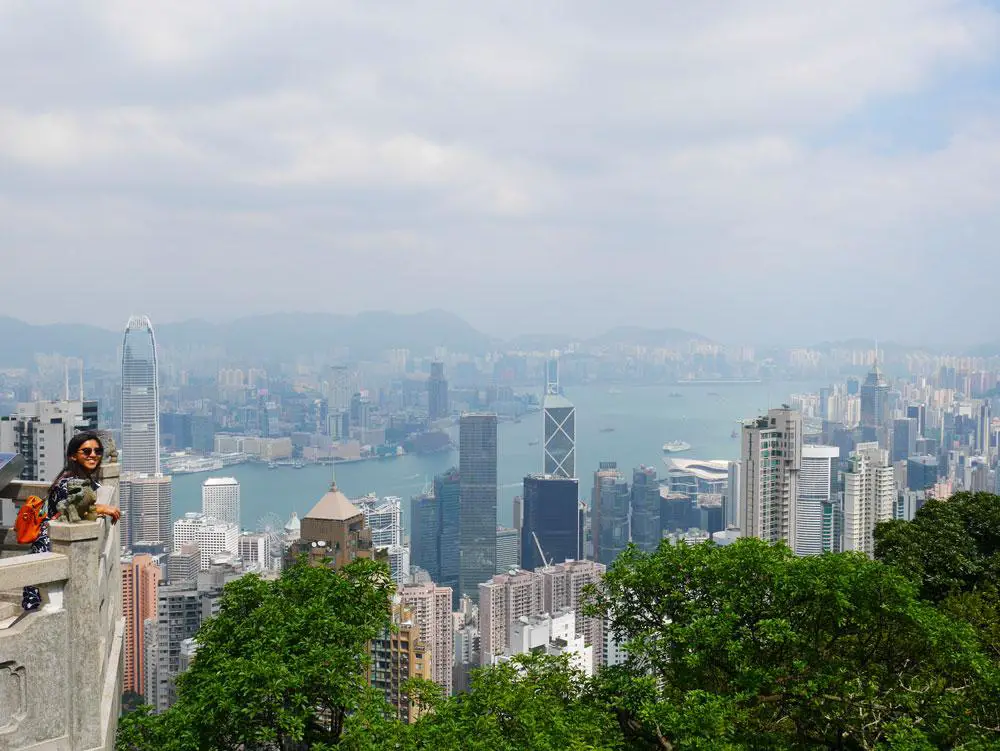
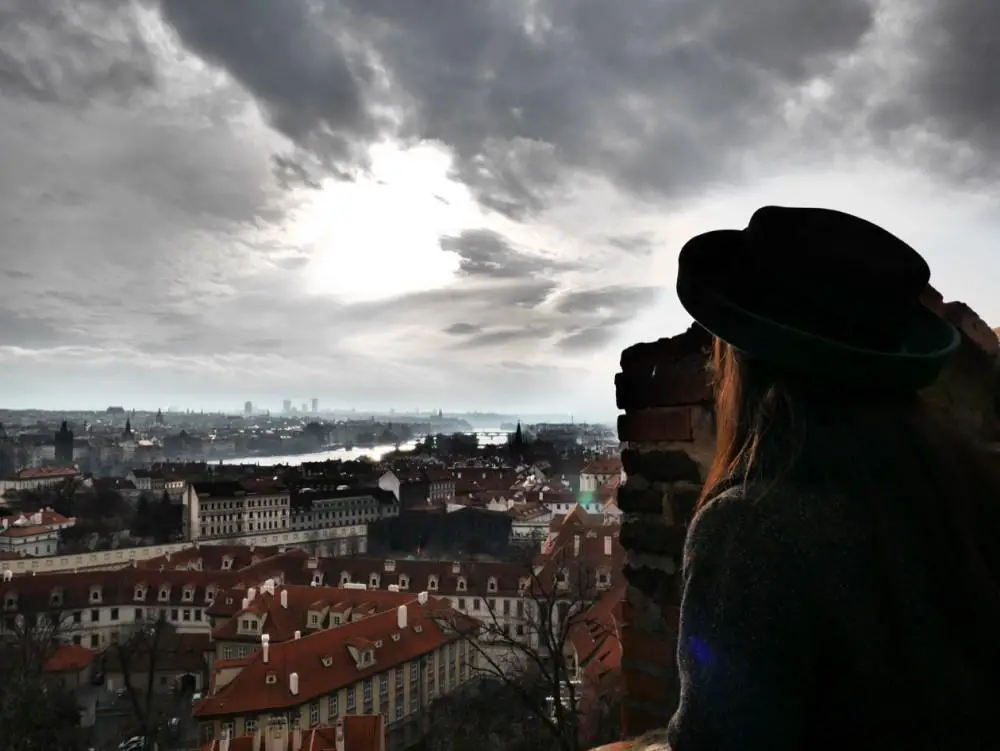
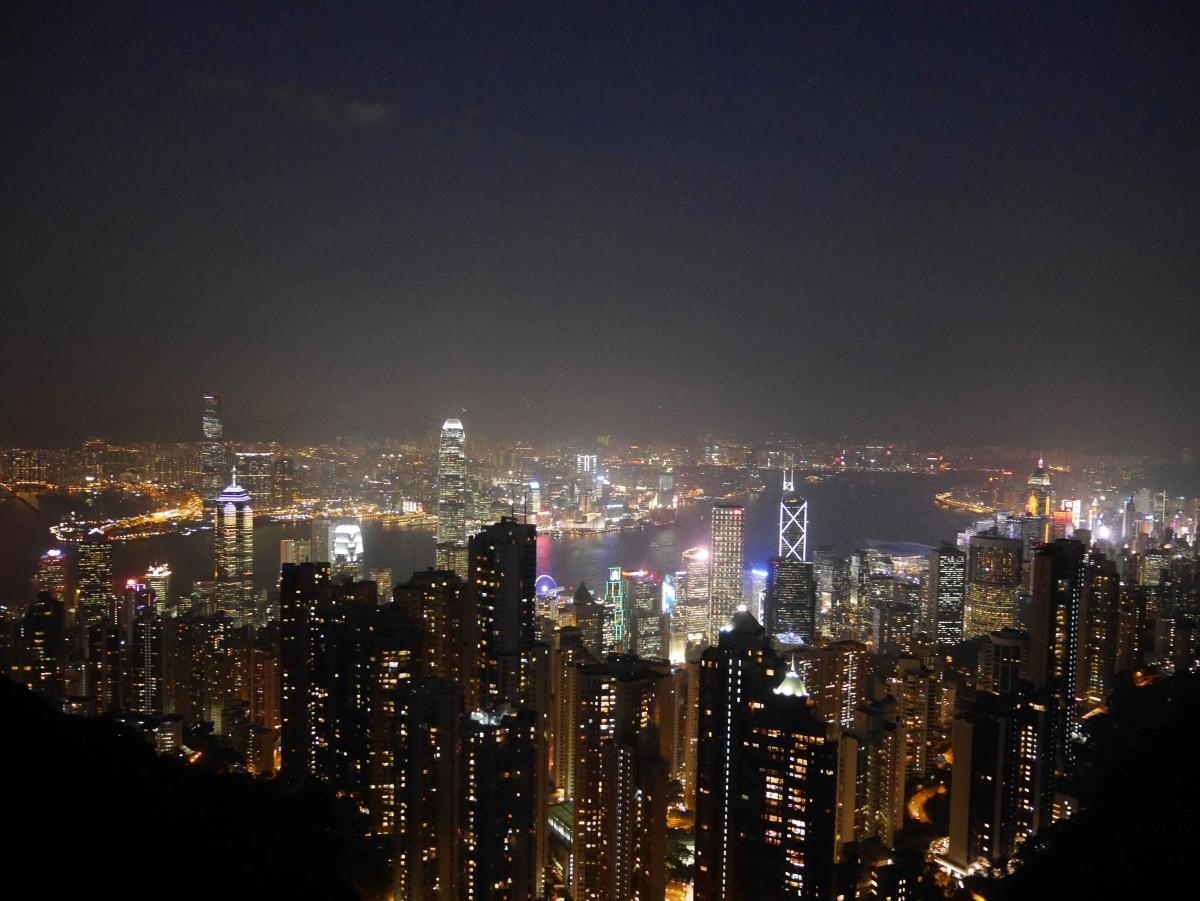

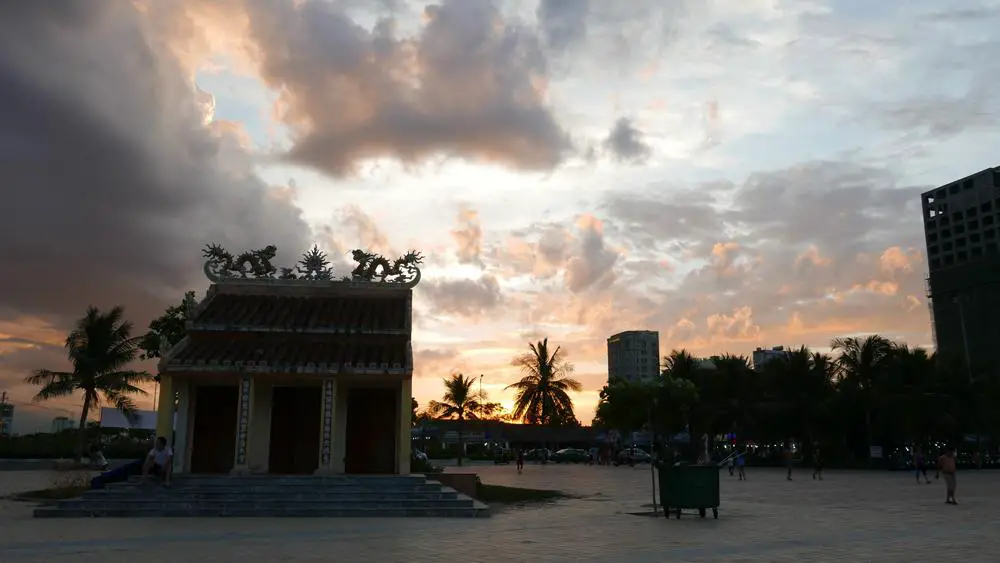



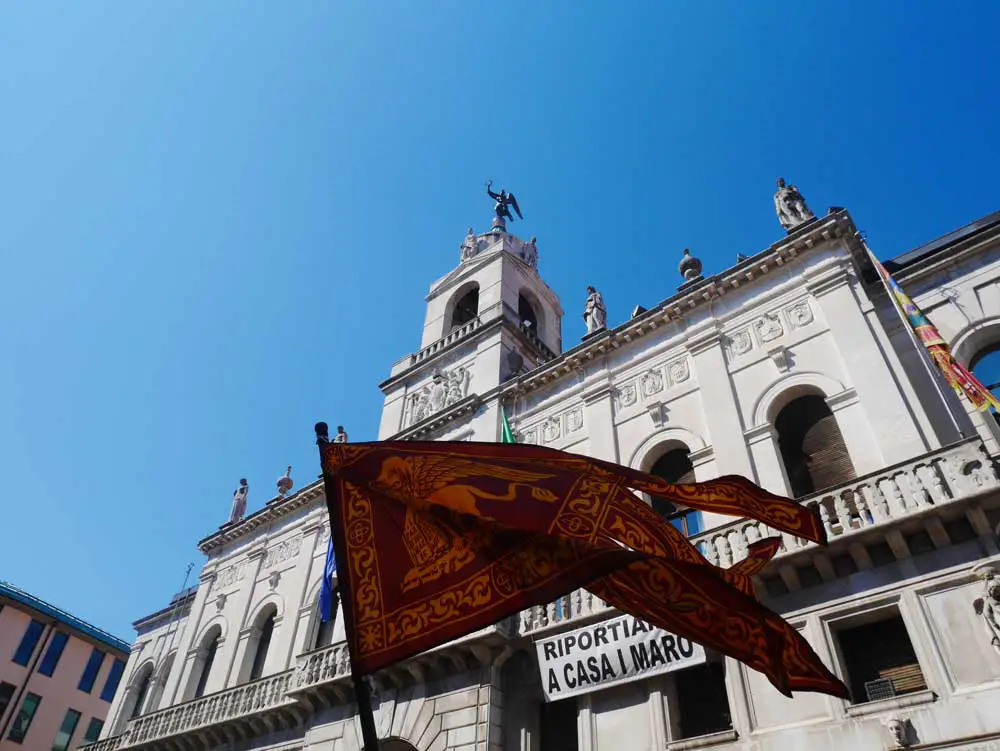
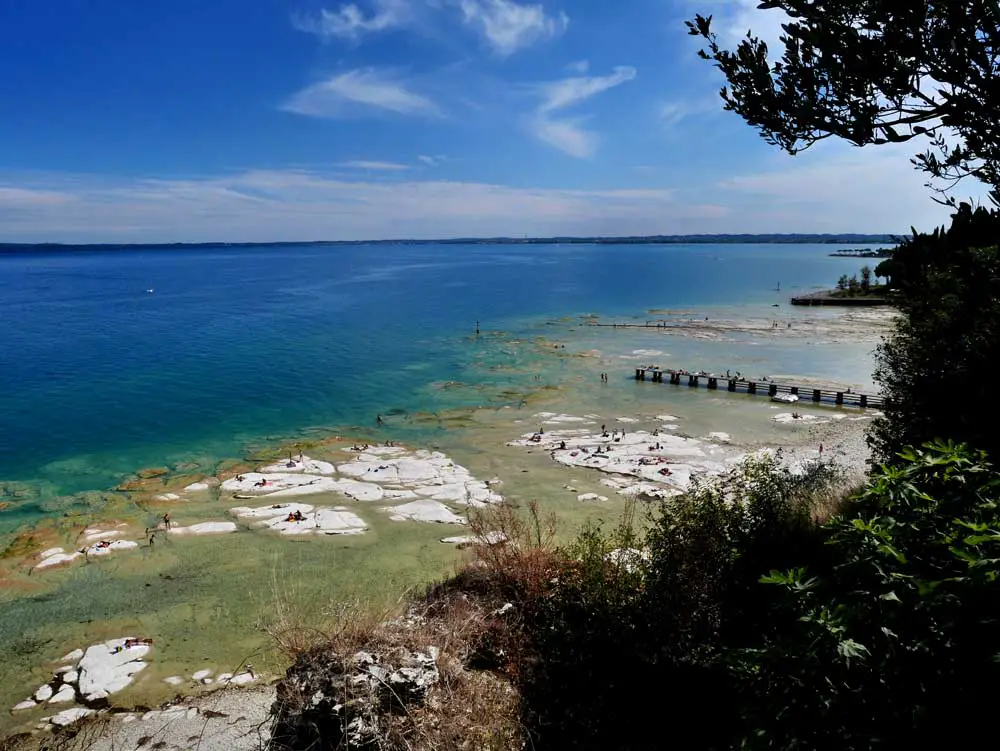
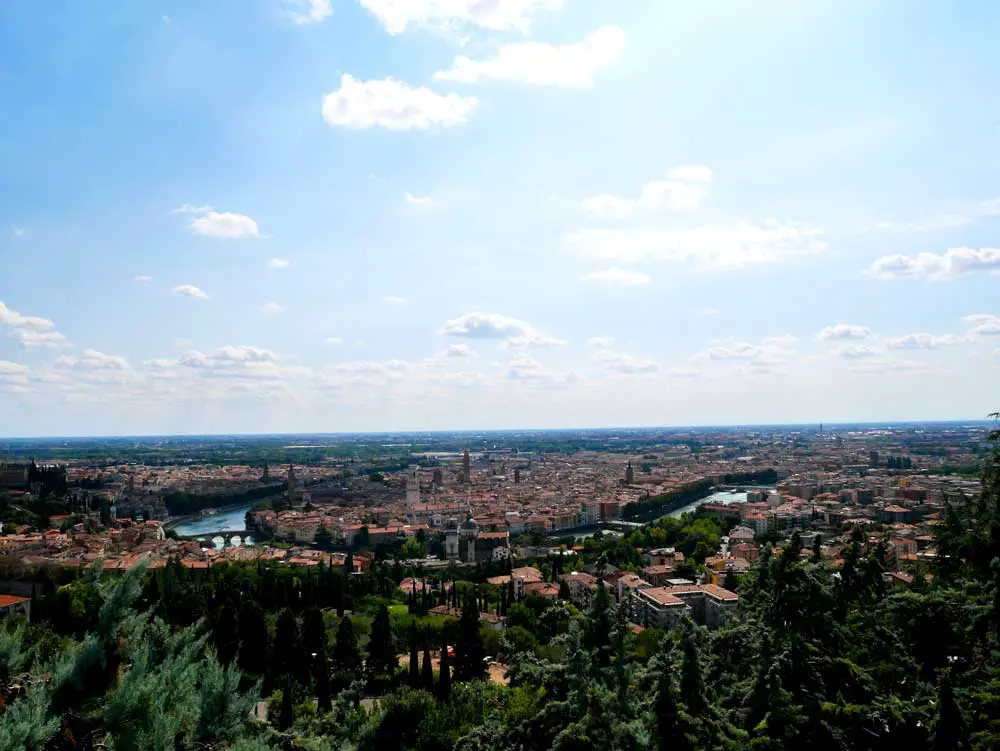

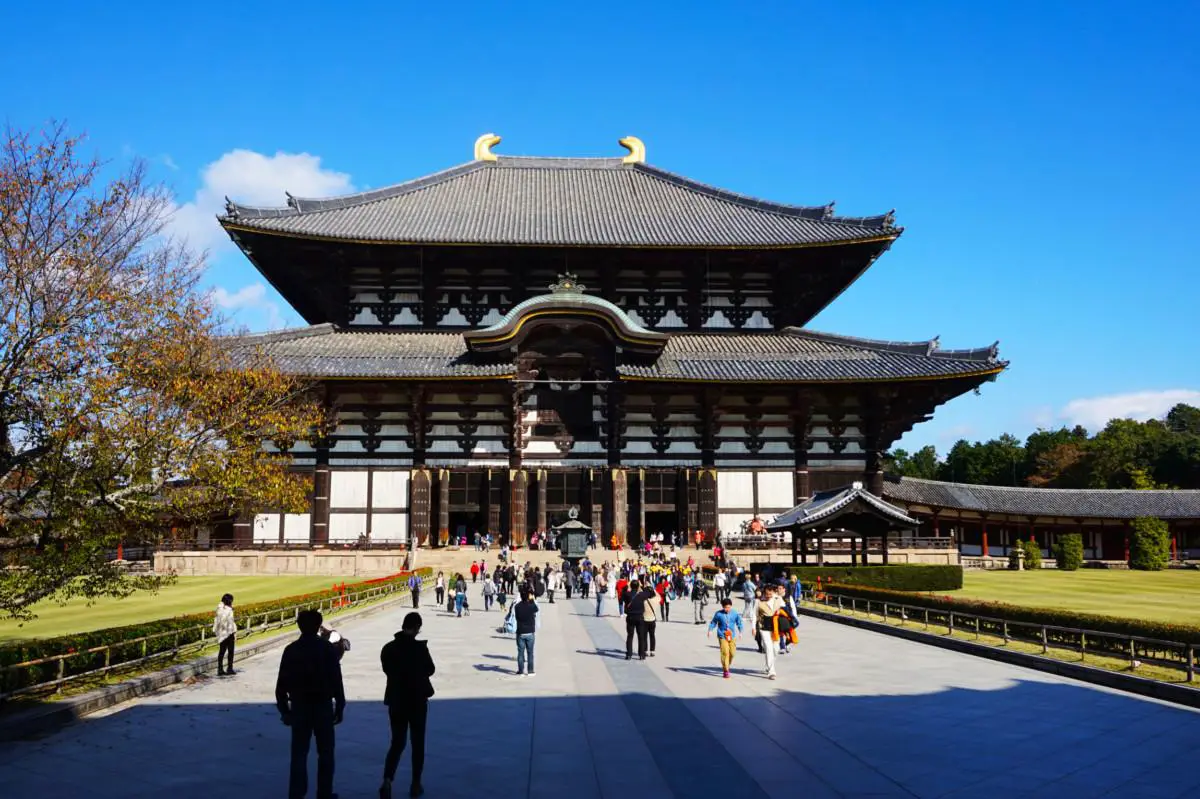
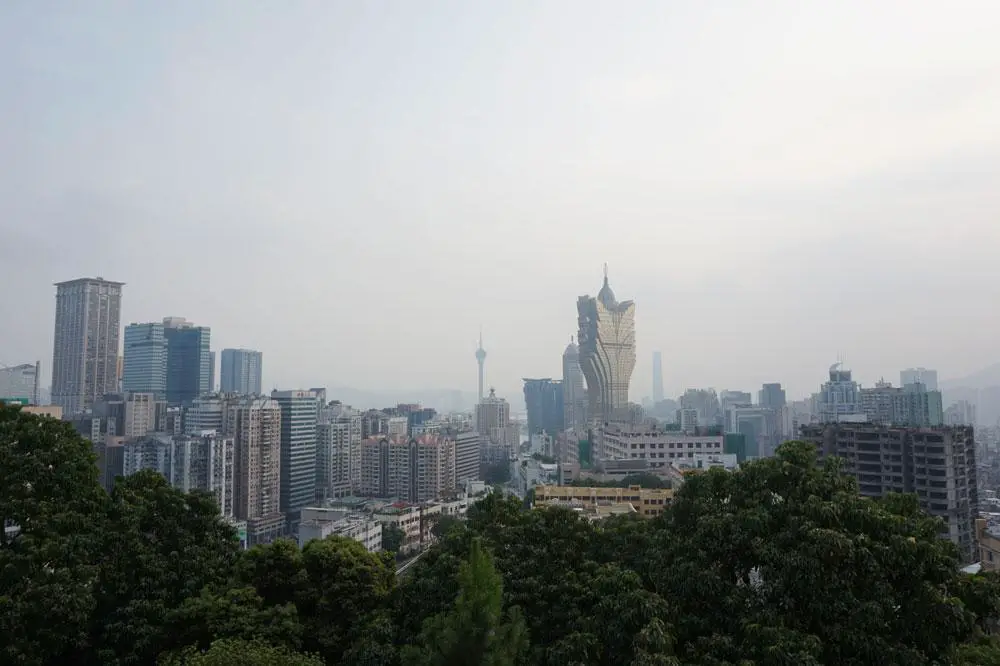
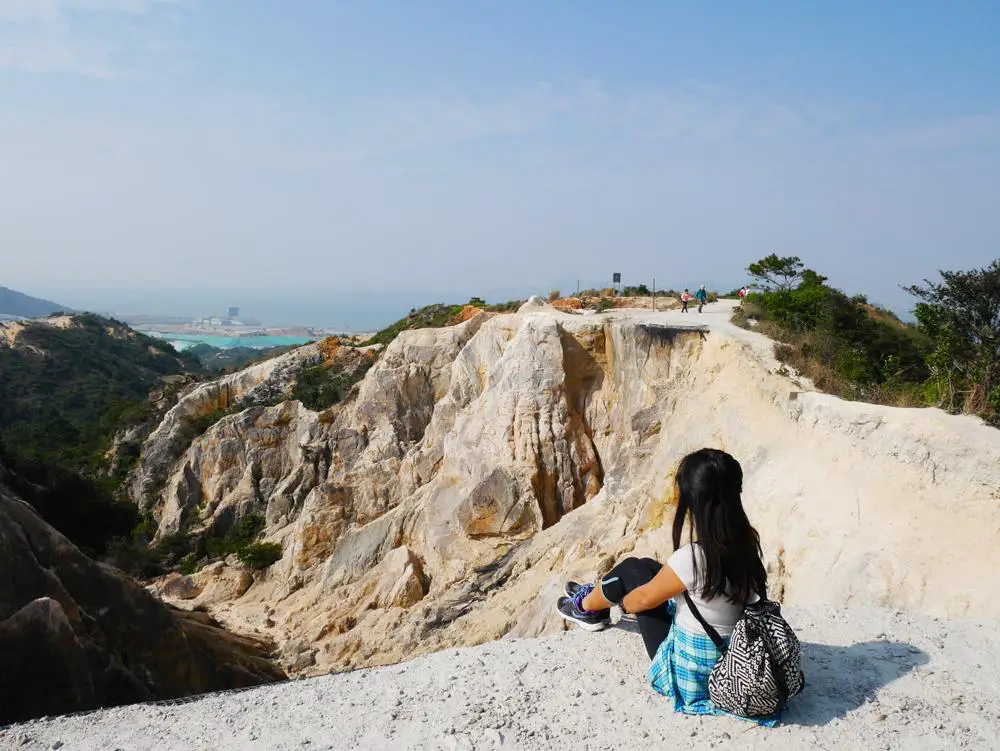

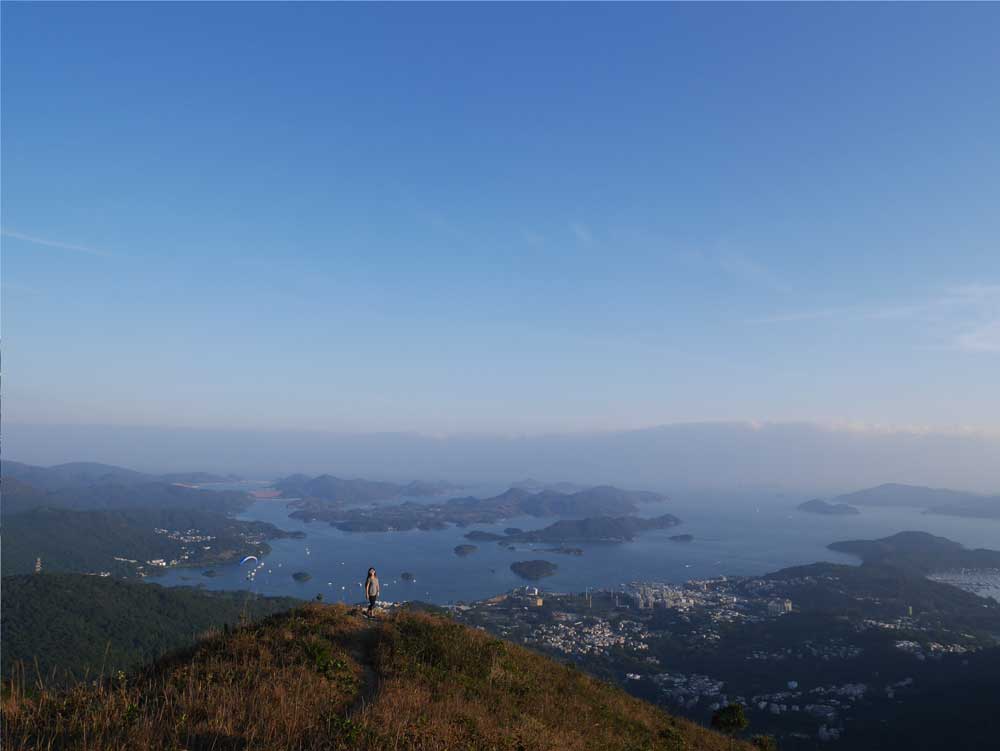
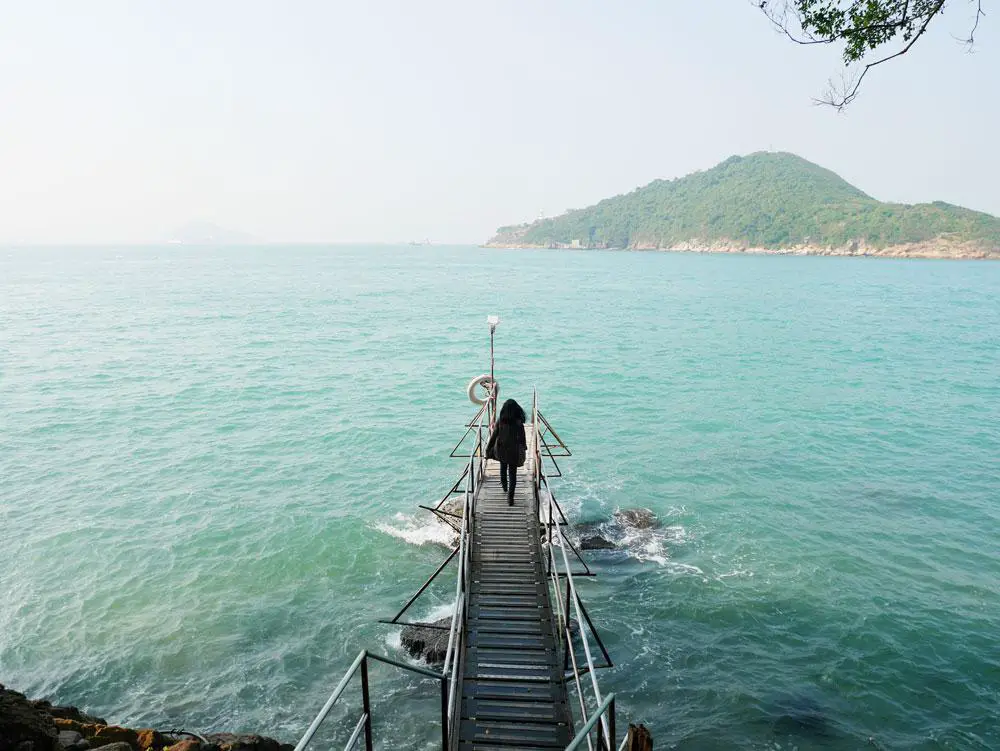
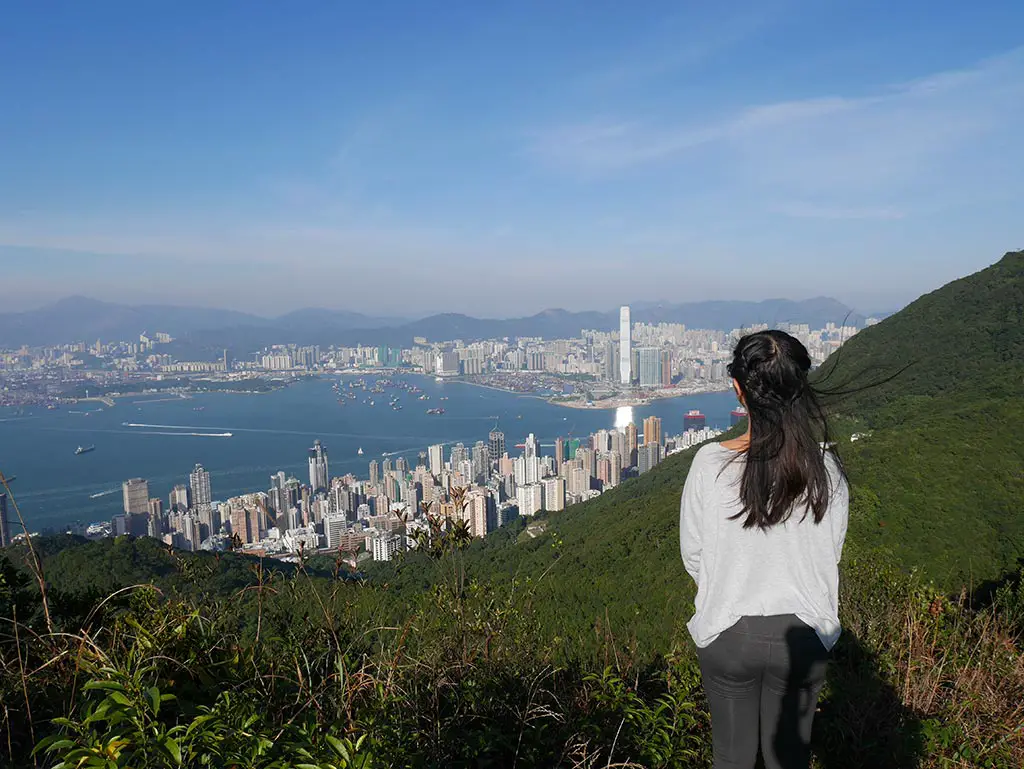
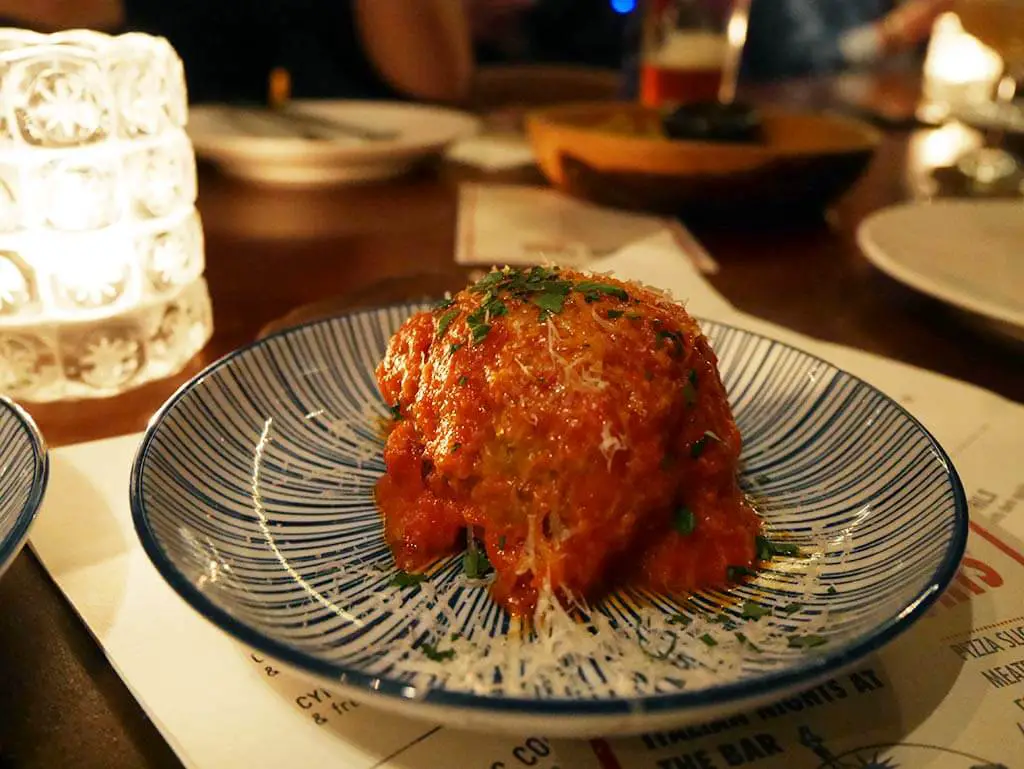
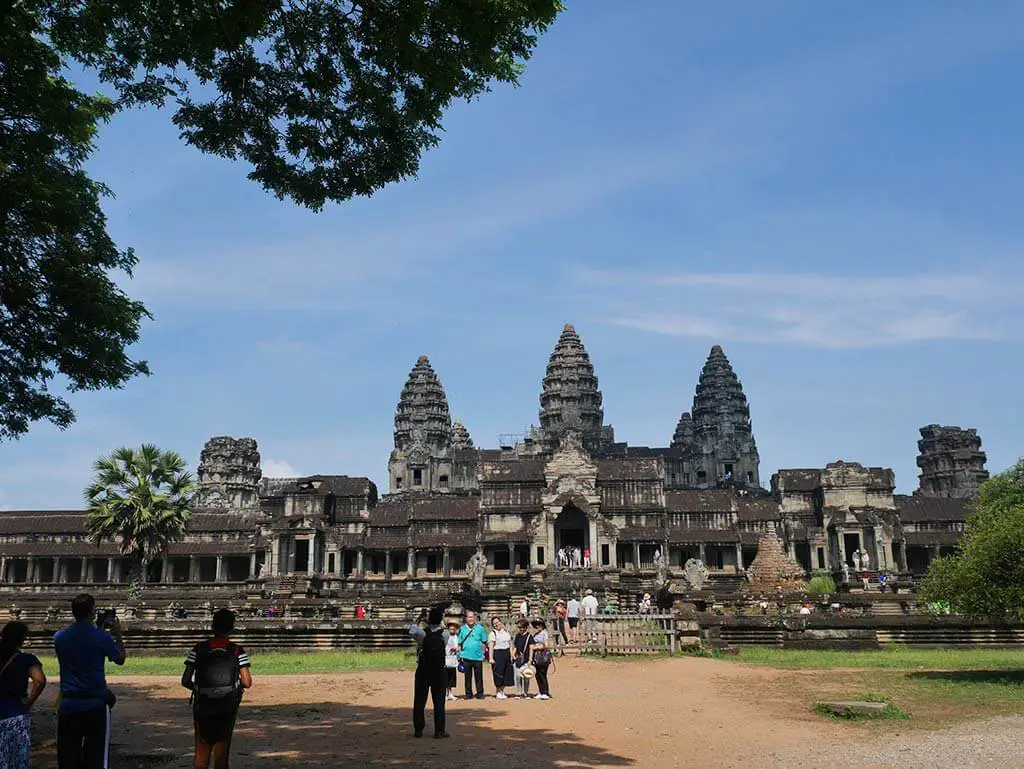
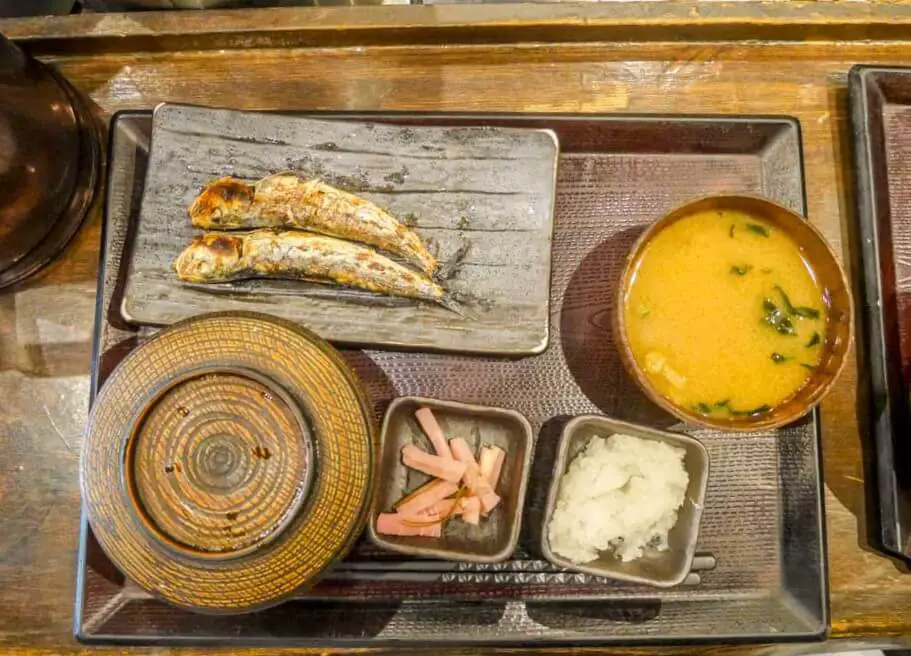
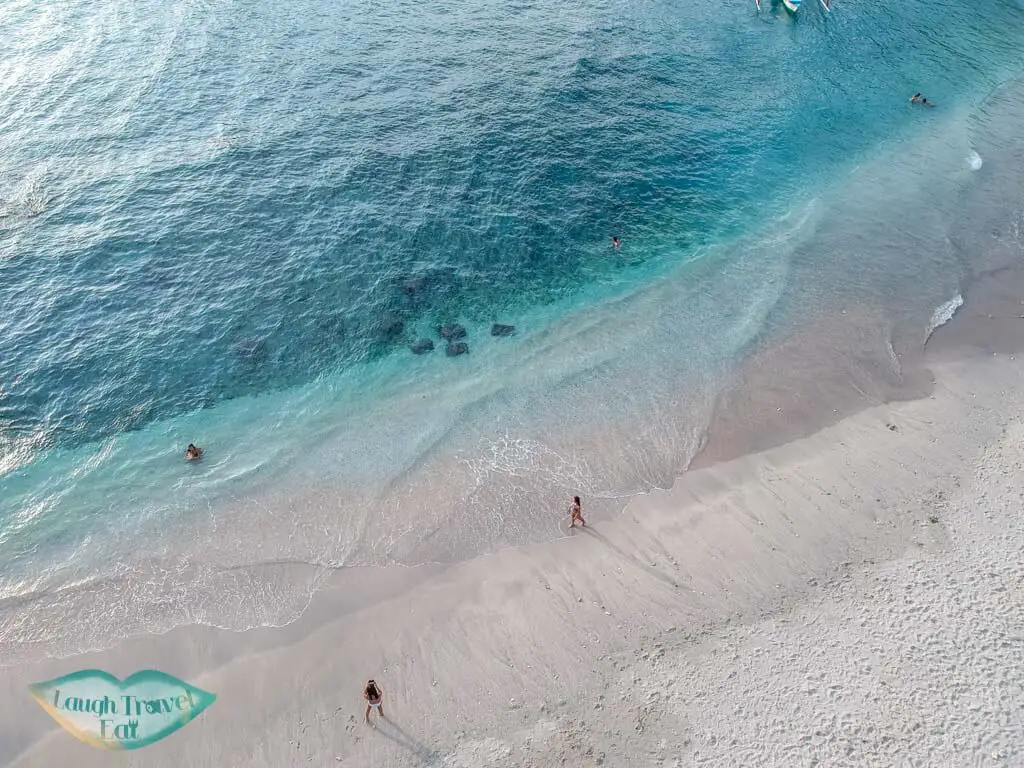
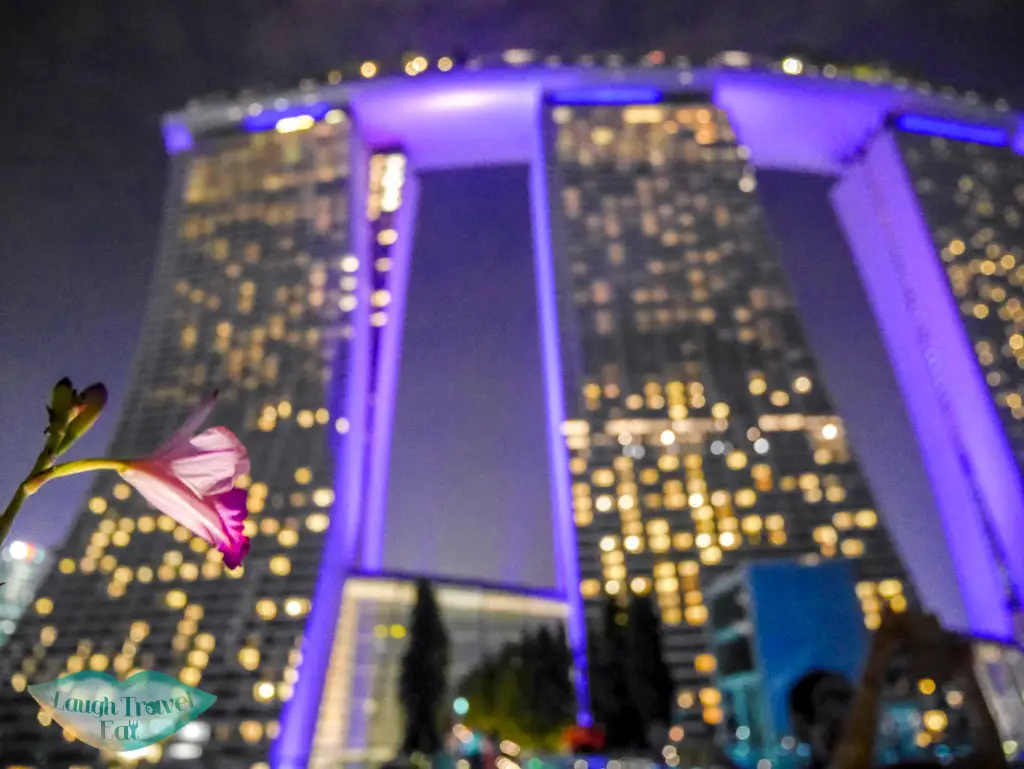
Pingback: My ten day itinerary to Croatia
Pingback: A Road Trip to Plitvice National Park | Laugh Travel Eat
Great blog. I have visited Croatia three times from Australia as it too is one of my favorite countries. There is so much to see and do and the water is the safest and clearest in the world. My hidden gems that I recommend you check out on Google Images and visit on your next trip are : the island of Murter and the Kornati archipelago, the town of Sibenik and surrounding areas, islands of Losinj and Vis ( Stiniva cove), Motovun and istrian Hintetland, Varazdin, Rastoke( town on waterfalls) and last but not least Rovinj. make sure to visit these places they are stunning. Great job
Thank you for your tips Dan! I am definitely planning on a trip back to Croatia in the future 🙂